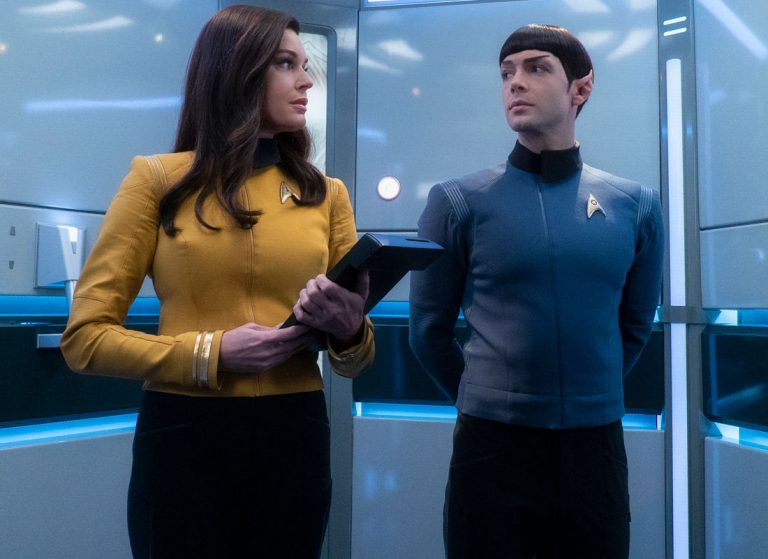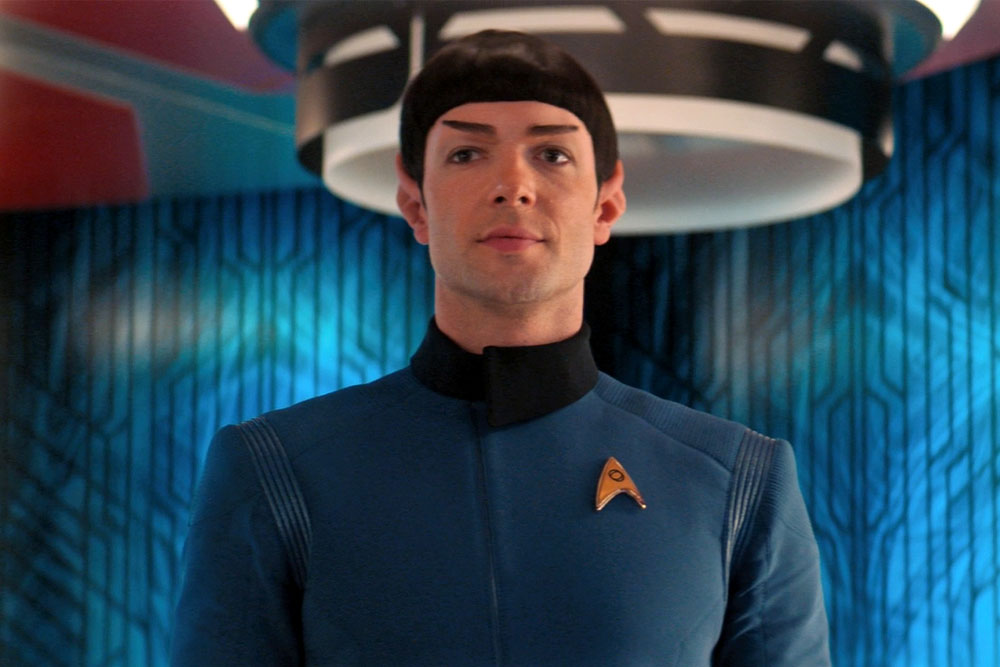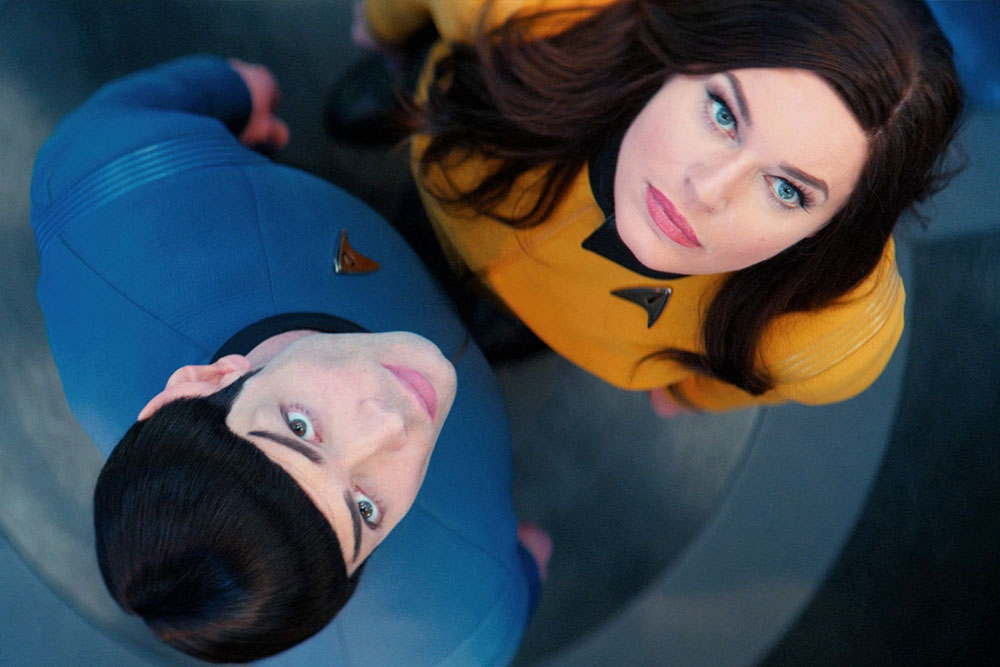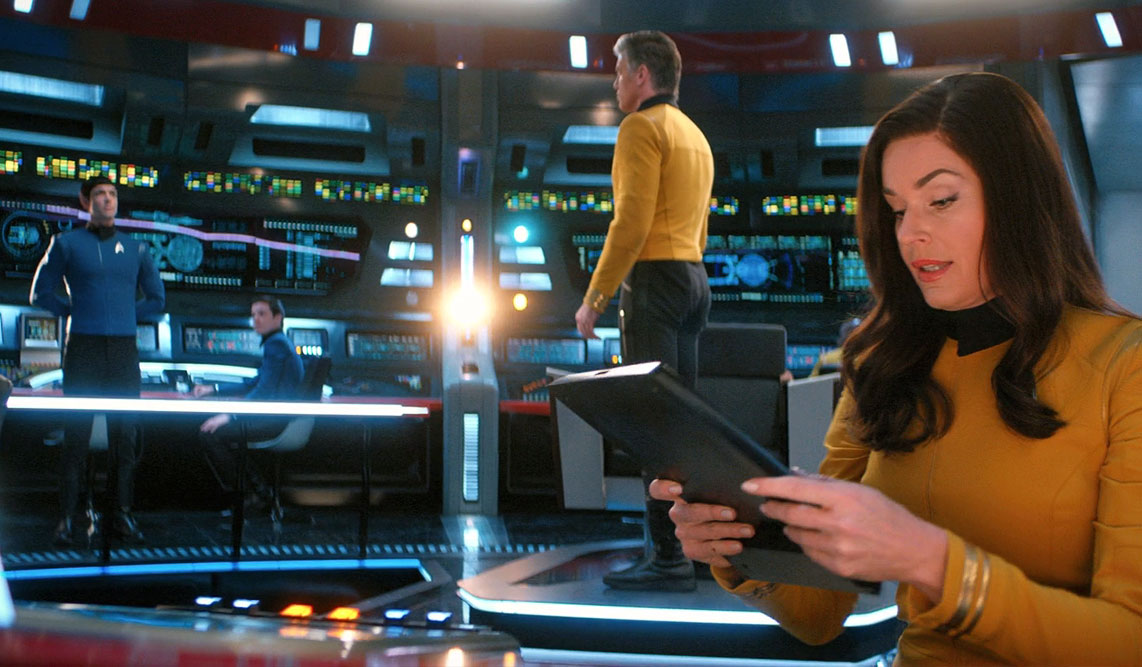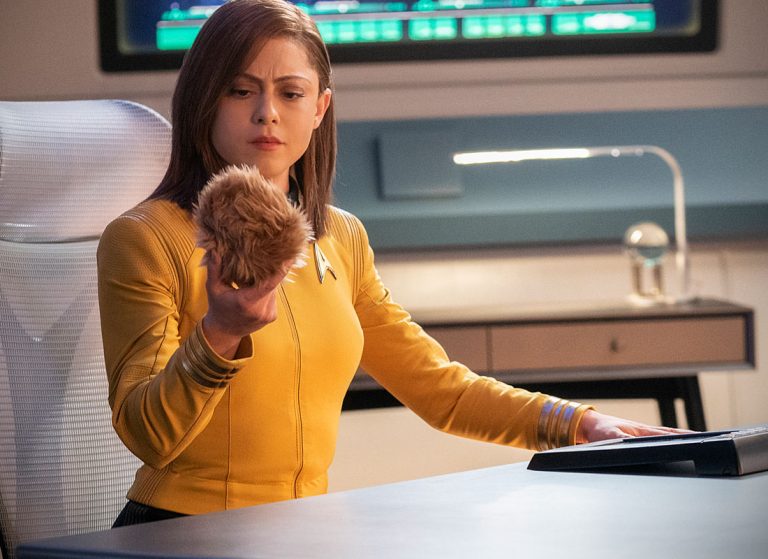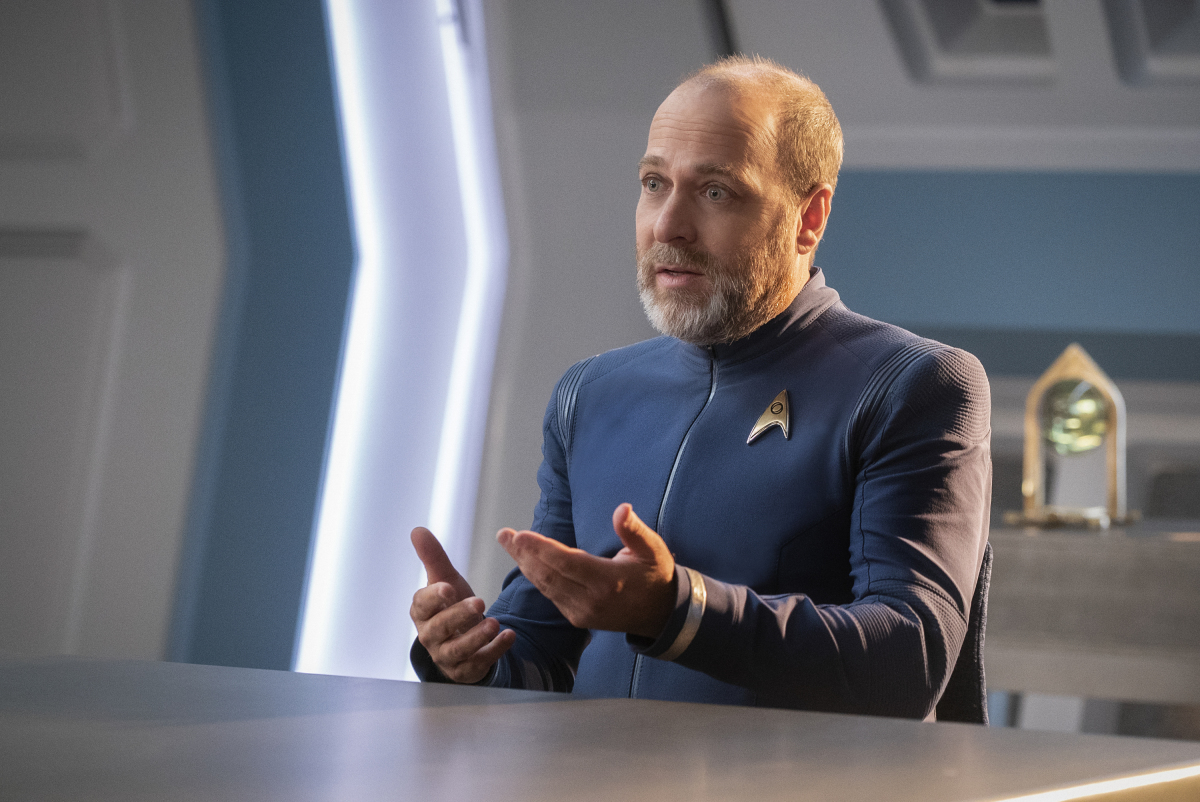If you’re a fan of Star Trek reference works, then you’re in luck today — as there are now four more planned hardcover releases focused on the Star Trek franchise scheduled for 2020, thanks to a new announcement today!
Unveiled today at the Birmingham, England Destination Star Trek convention, the team from CBS Consumer Products shared news about three new publications slated for next year’s schedule from publisher Titan Books — plus another one that we learned about from the team at Hero Collector earlier this month.
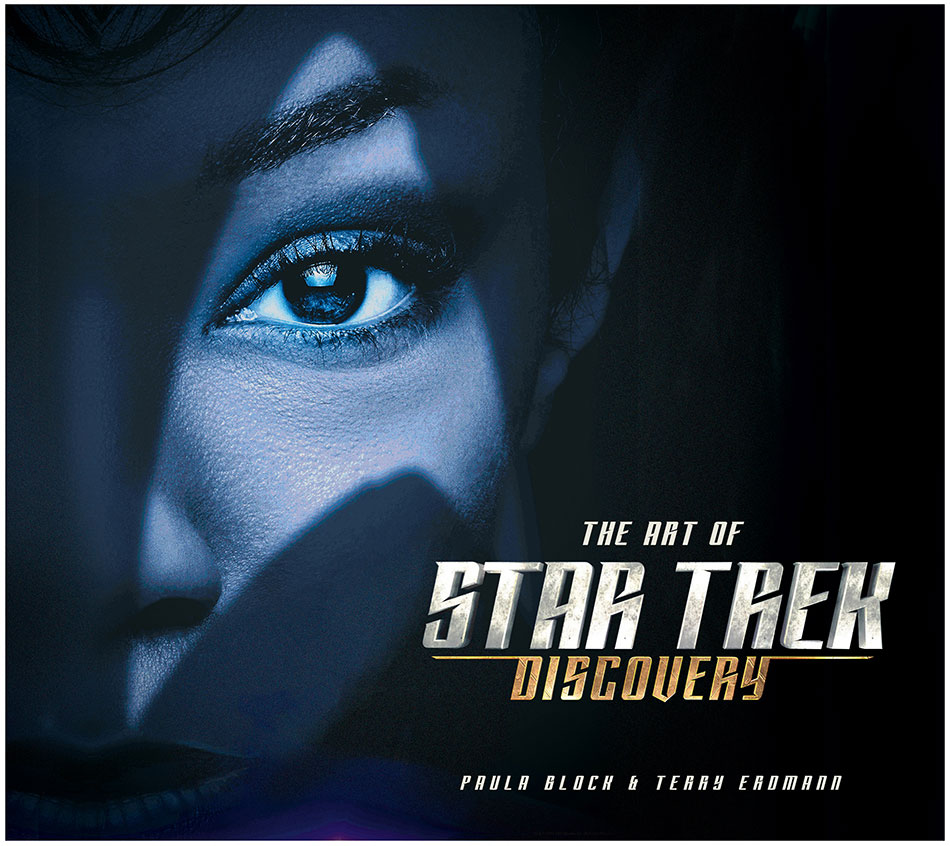
In April 2020, our first Star Trek: Discovery tie-in release is set to arrive — The Art of Star Trek: Discovery — from longtime Trek franchise writers Paula Block & Terry Erdmann, who have brought us some great reference publications in the past like the Deep Space Nine Companion and Secrets of Star Trek: Insurrection.
The Art of Star Trek: Discovery, written by Paula M. Block and Terry J. Erdmann, explores behind the scenes of the hit show, with cast and crew interviews, set photography, concept art and storyboards. With exclusive content from the first two seasons, this book is a must-have for every Star Trek fan.
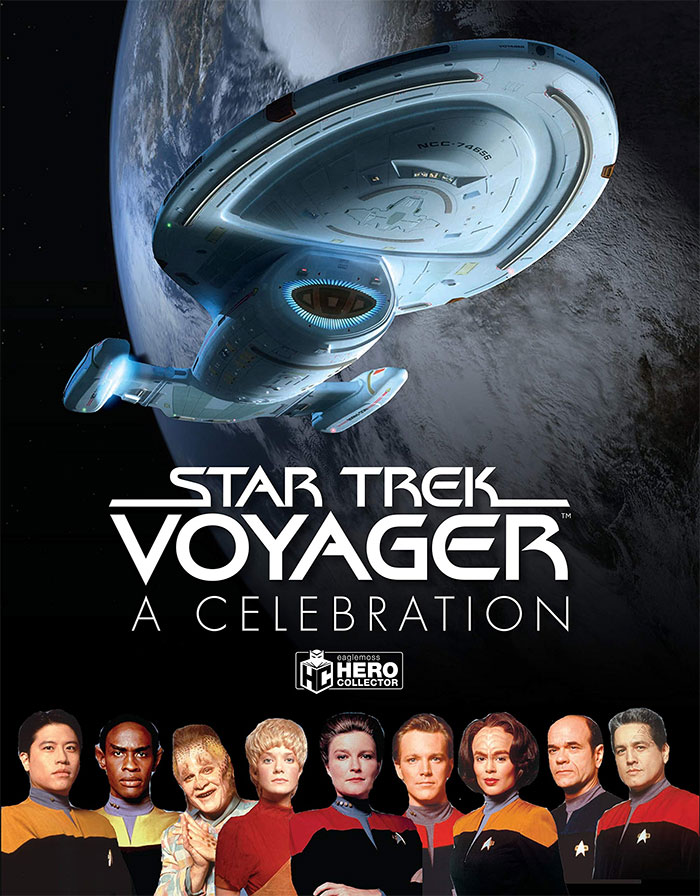
In June 2020, celebrate the 25th anniversary of Star Trek: Voyager with a new hardcover from Hero Collector and author Ben Robinson, as Star Trek: Voyager – A Celebration arrives to usher in the silver anniversary of the television series.
Robinson told us on Twitter at the book was pitched as “The greatest [Star Trek] convention ever in a book [form],” and confirmed that the above cover artwork is a placeholder which will be updated pre-release with a new design (which will add Jeri Ryan / Seven of Nine).
In July 2020, the third “Autobiography of…” hardcover is set to beam down from author Una McCormack, this time focusing on the captain of the USS Voyager: Kathryn Janeway.
Following similar releases about James T. Kirk and Jean-Luc Picard (and one for Spock that was pushed out to late 2020, likely due to Discovery Season 2), The Autobiography of Kathryn Janeway tells the life story of the intrepid captain from Earth to the edge of the galaxy — and back again.
In The Autobiography of Kathryn Janeway, edited by Una McCormack, we get to hear the story of one of Starfleet’s greatest captain in her own words.
We’ll hear her side of the story about how she and her crew traveled further than any human ever had before, stranded decades from home while encountering new worlds and species. Explore how she brought together Starfleet and the Maquis as part of her crew, forged new alliances with species across the galaxy and overcame one of Starfleet’s greatest threats – the Borg – on their own remote and hostile territory.
And, we’ll get Janeway’s personal take on key characters such as Seven of Nine, her trusted friend Tuvok, new arrivals like Neelix and her second-in-command, Chakotay.
Finally, in September 2020, another longtime Star Trek artist is celebrated — following John Eaves, Joel Harlow, and the entire Kelvin Timeline design team — with Star Trek: The Artistry of Dan Curry, an in-depth look at the many contributions that designer Dan Curry made to the Trek franchise during his decades of involvement in the franchise’s production. This book is written by Curry, along with Ben Robinson.
In 50 years of Trek history, seven-time Emmy award winner Curry is one of the franchise’s most enduring talents. His contributions have ranged from directing, title design and concept art, to practical on-set effects and weapon design.
From The Next Generation to Enterprise, Curry’s incredibly diverse Star Trek work has resulted in some of the series’ most memorable moments. The book reveals the many and varied techniques used to produce some of the most spectacular visual effects used in the various series, while Curry also goes in-depth to divulge the secrets of some of his own personal favorite creations.
The book includes photos and illustrations from Dan’s personal collection, along with contributions from various Star Trek cast members including Michael Dorn and Scott Bakula.
Summary blurbs for Titan Books publications The Art of Star Trek: Discovery, The Autobiography of Kathryn Janeway, and Star Trek: The Artistry of Dan Curry from StarTrek.com.
![]()
These four new books add to the already-packed publication schedule for 2020, with a number of new novels on the way, along with the eagerly-anticipated look back at the first Star Trek film, Star Trek: The Motion Picture – Inside the Art and Visual Effects, due out in May 2020.
Which of these new books slated for next year has you most excited? Do you plan to add any or all to your personal collection? Sound off in the comments below!

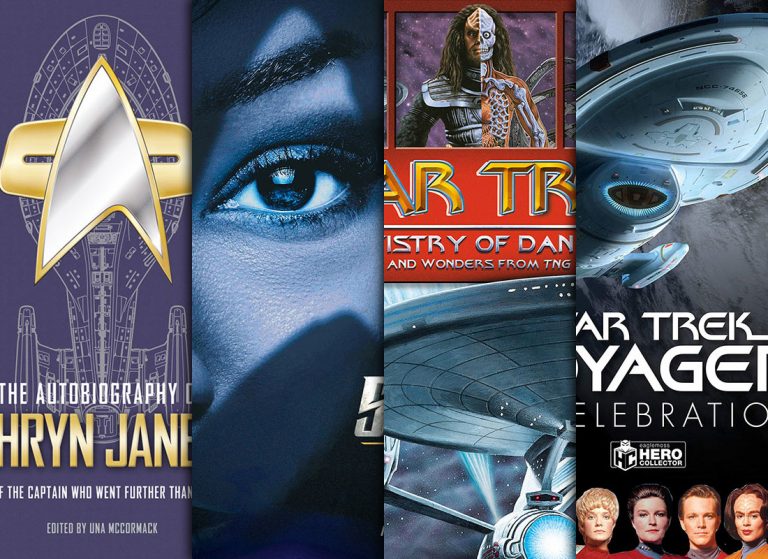
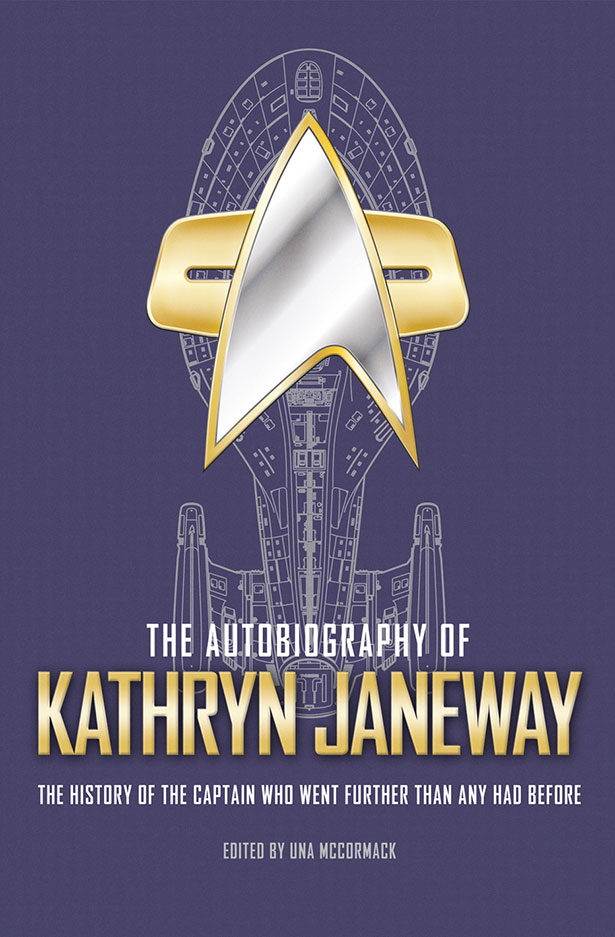
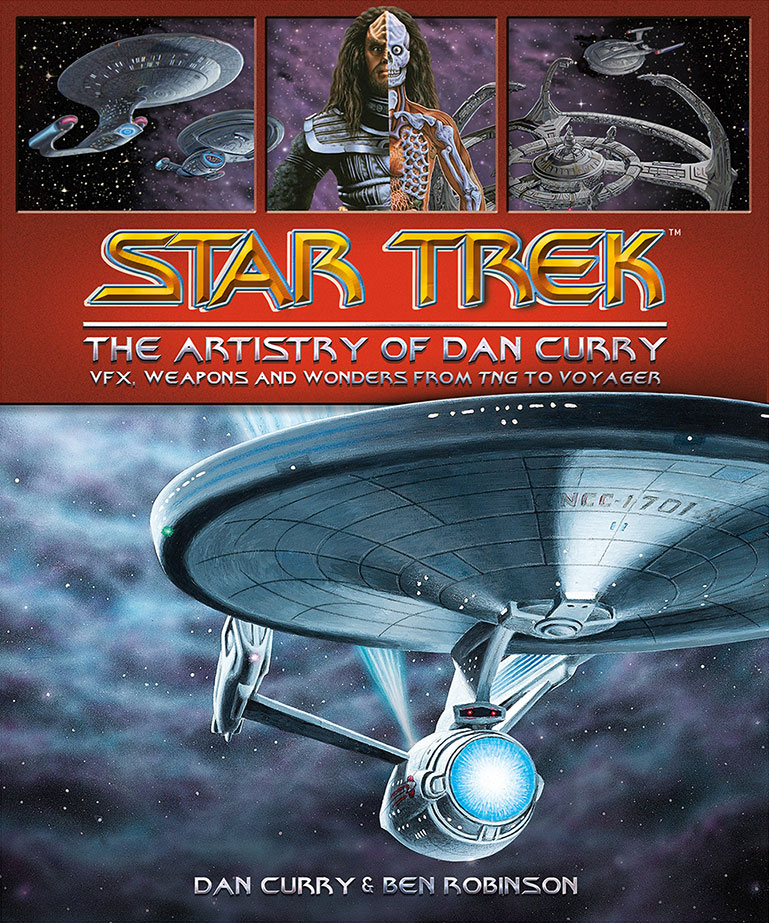
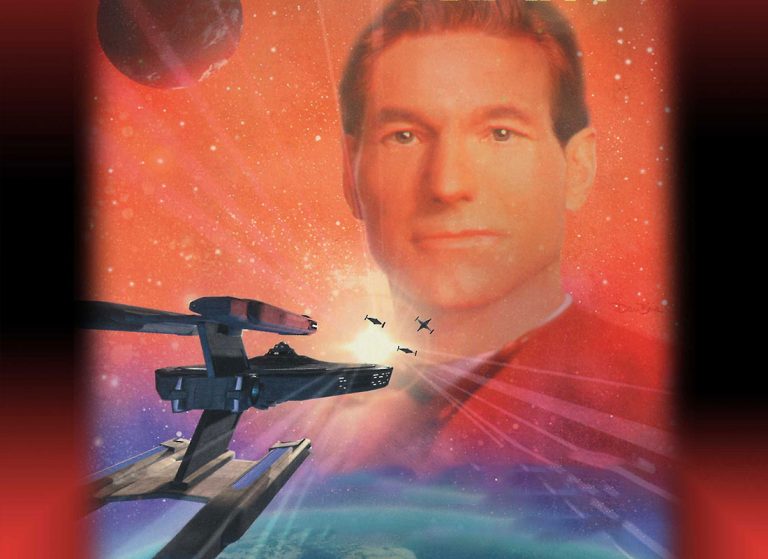
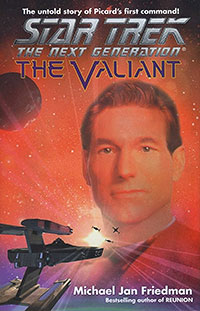
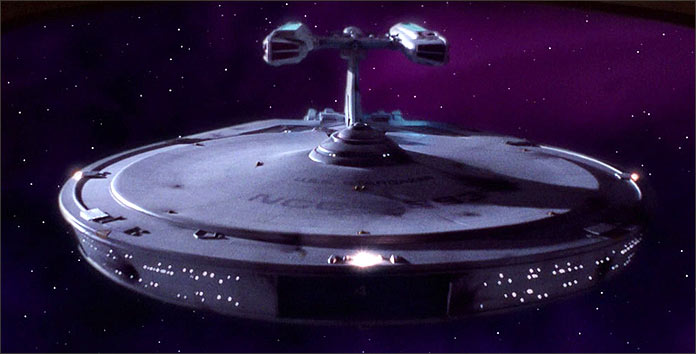
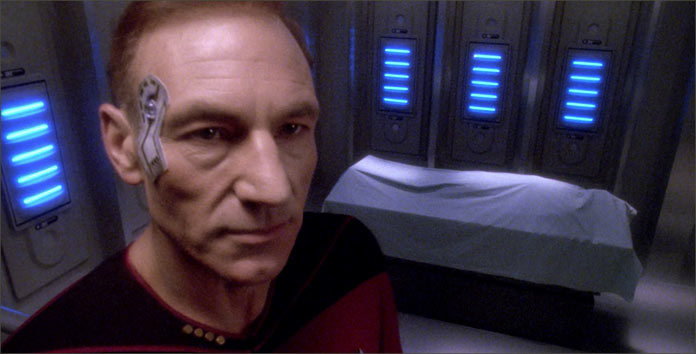
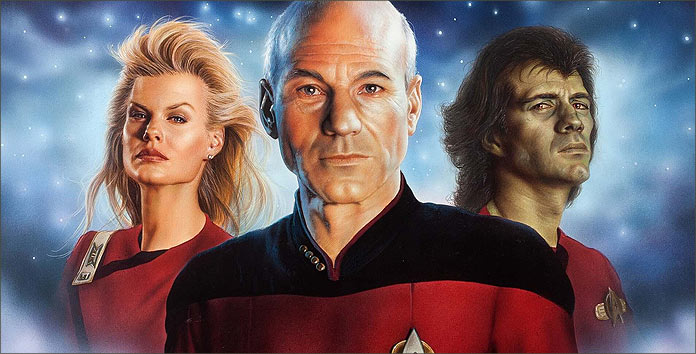
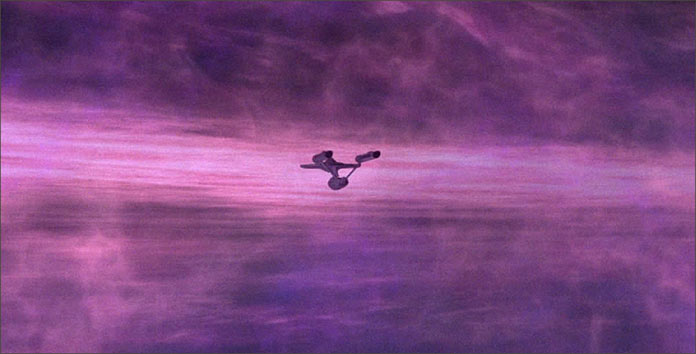
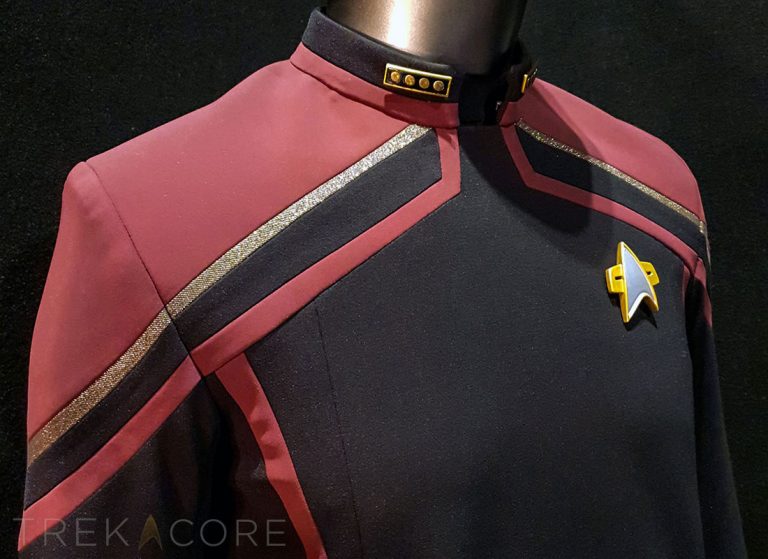
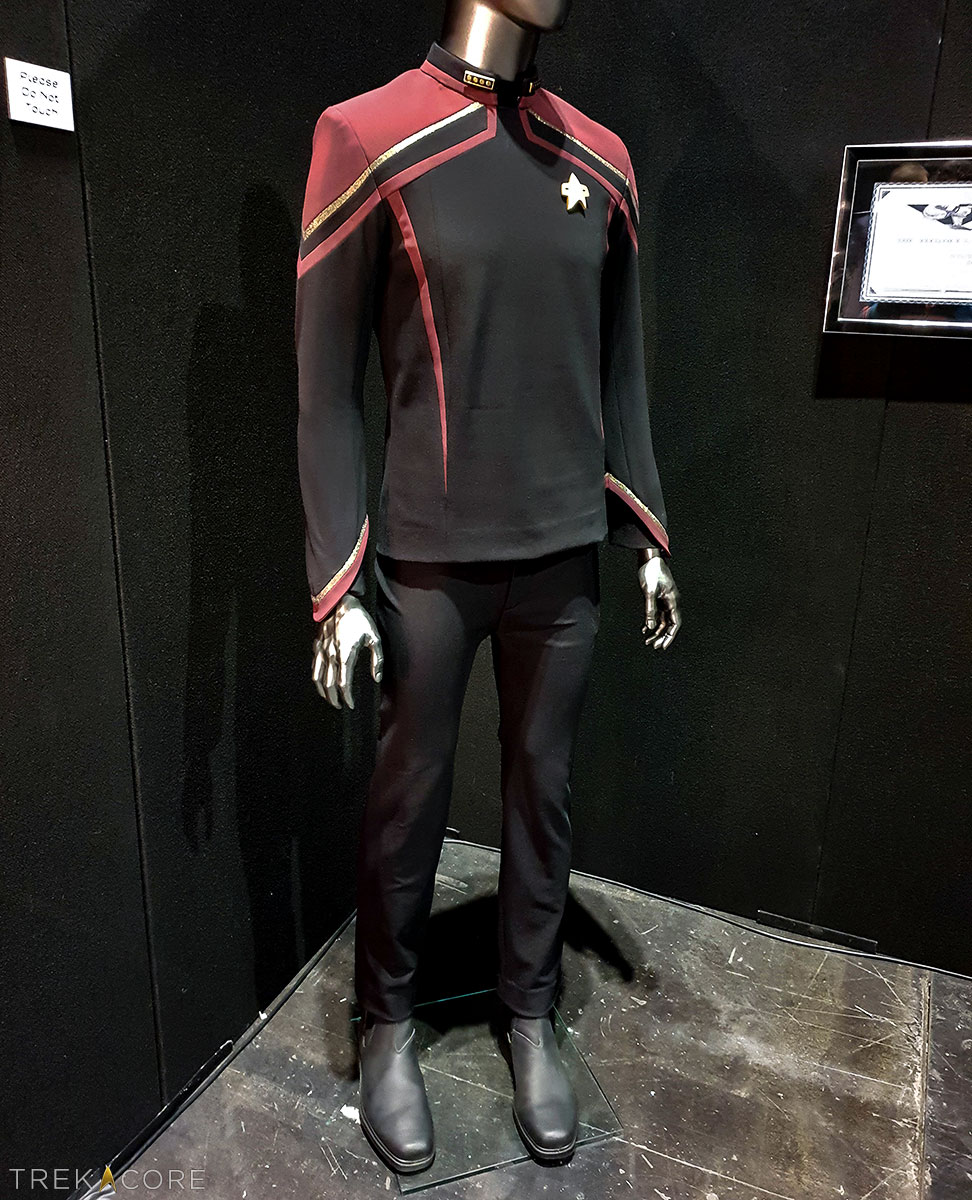
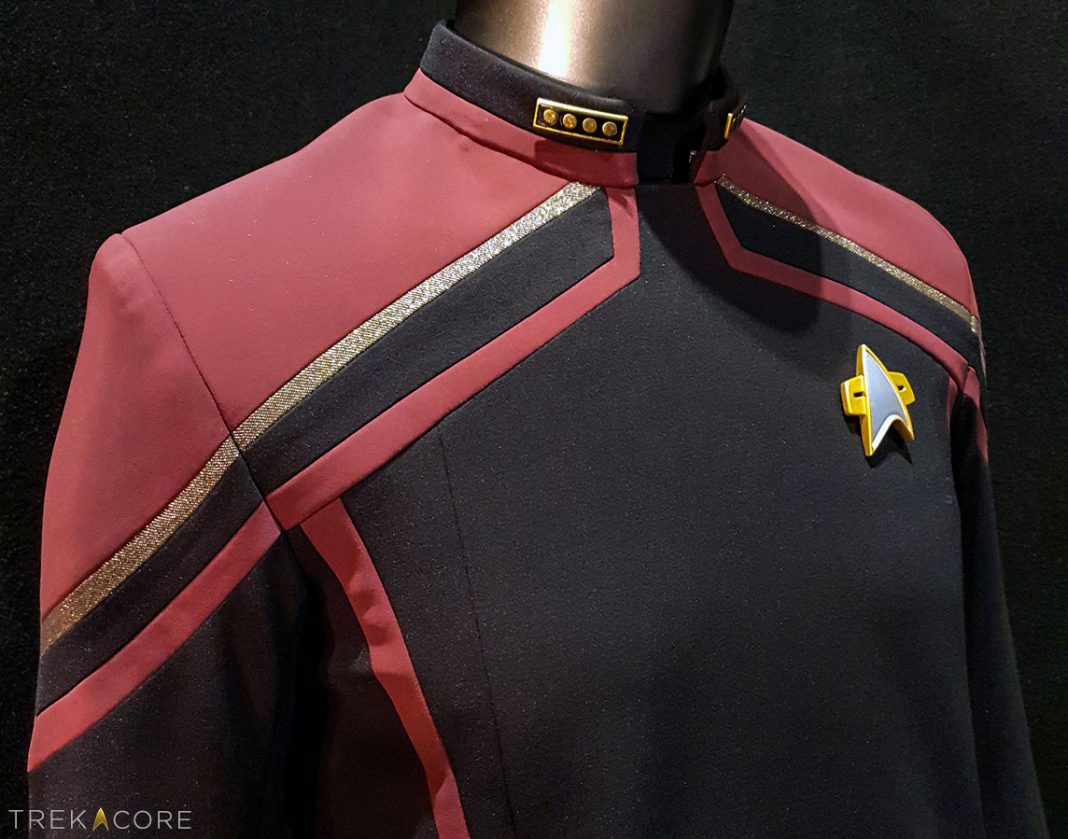
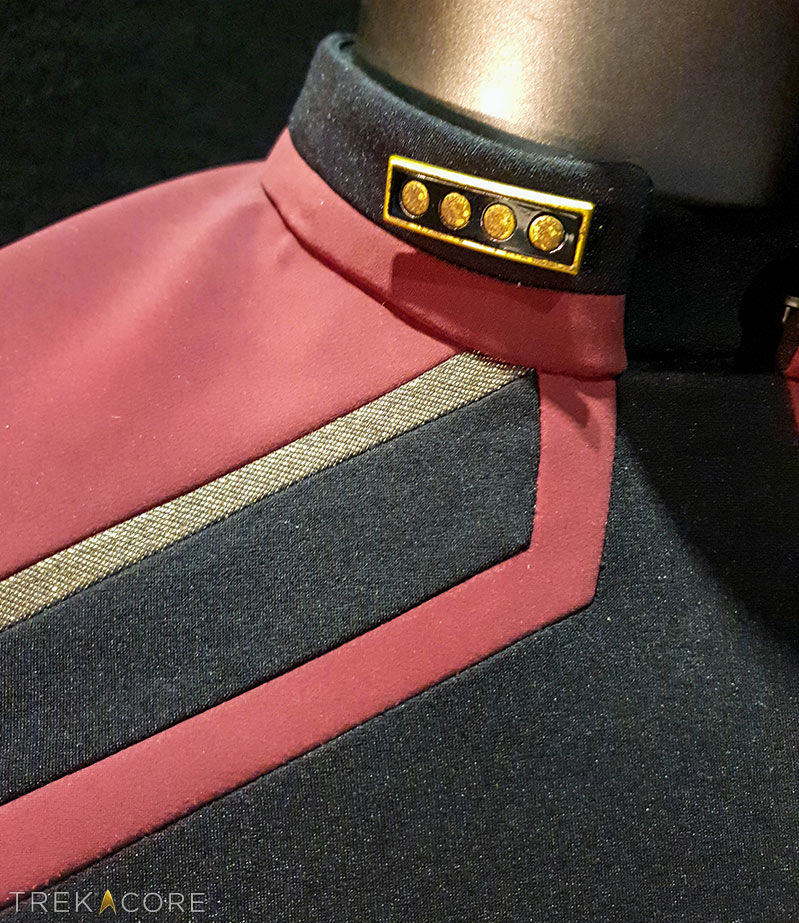
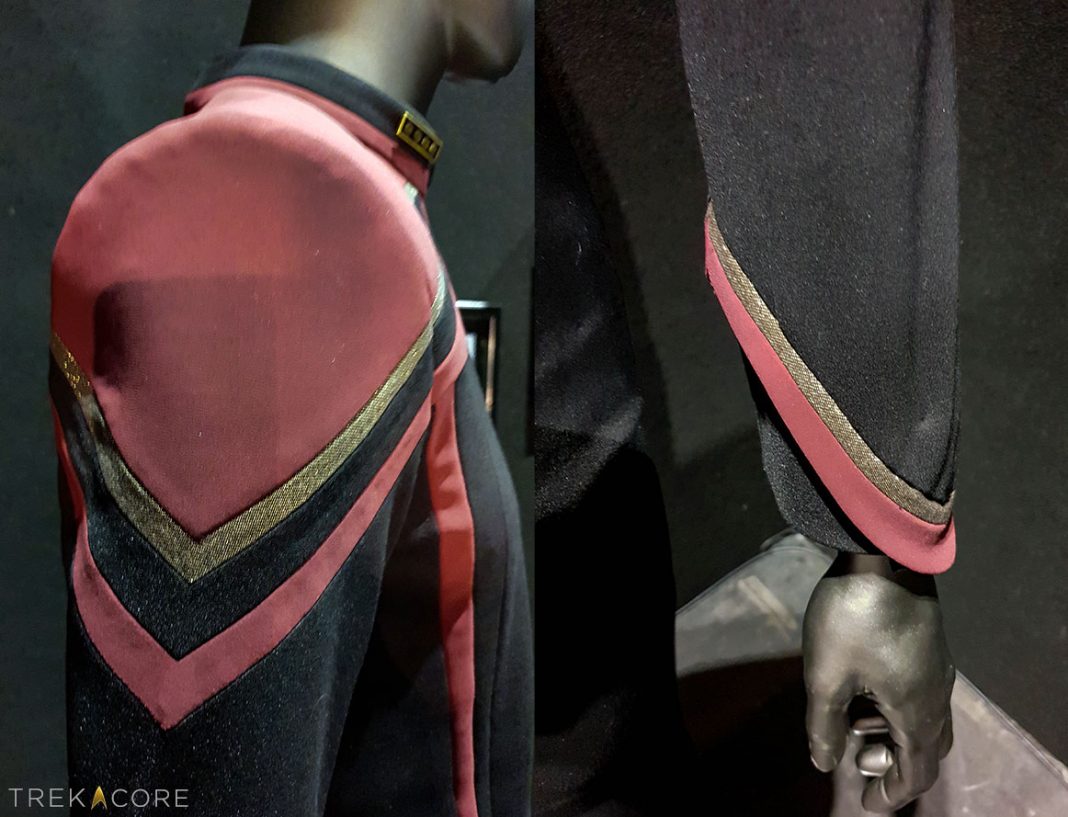
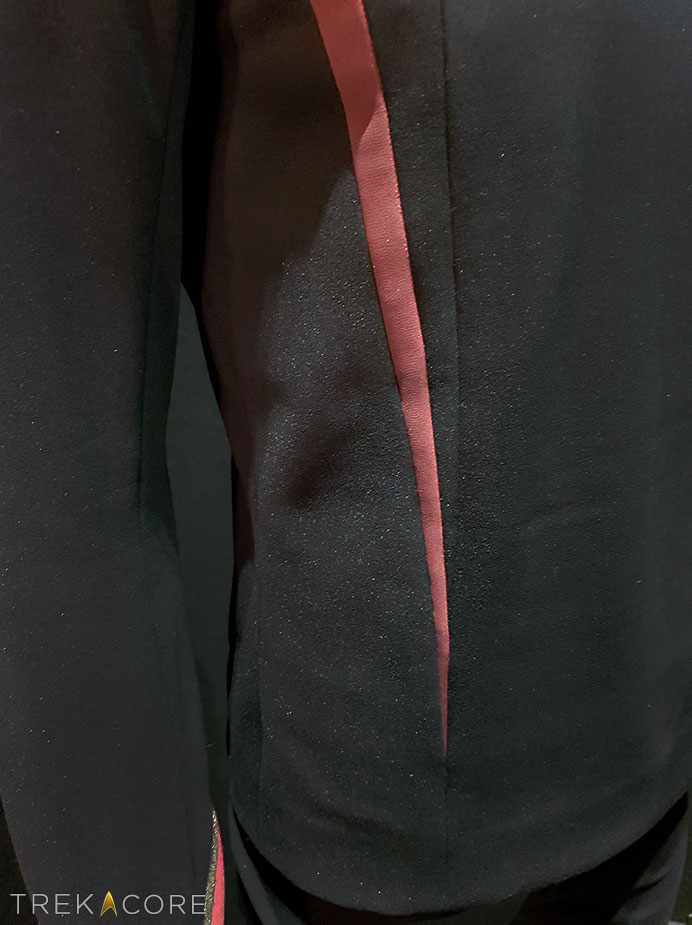
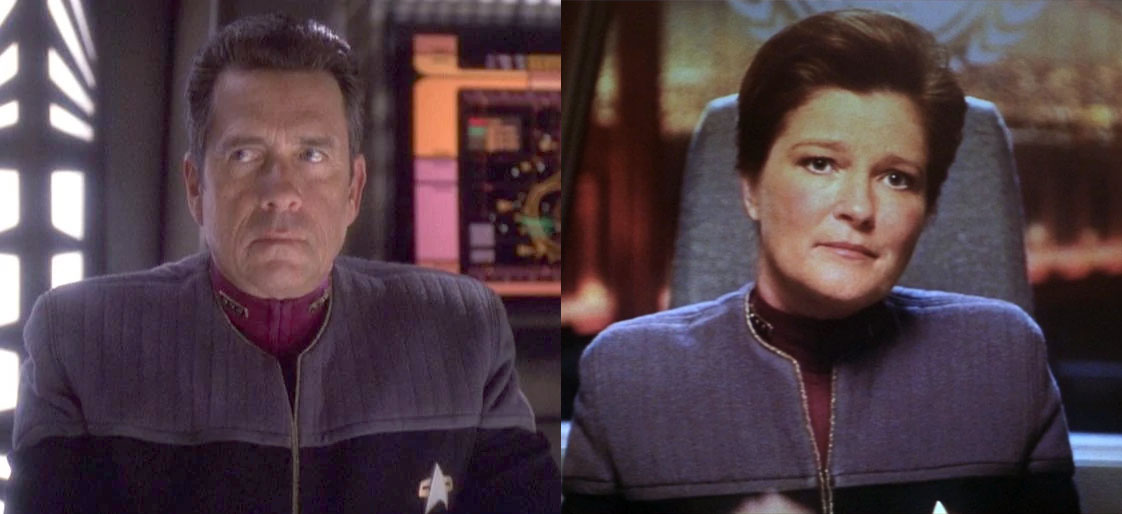
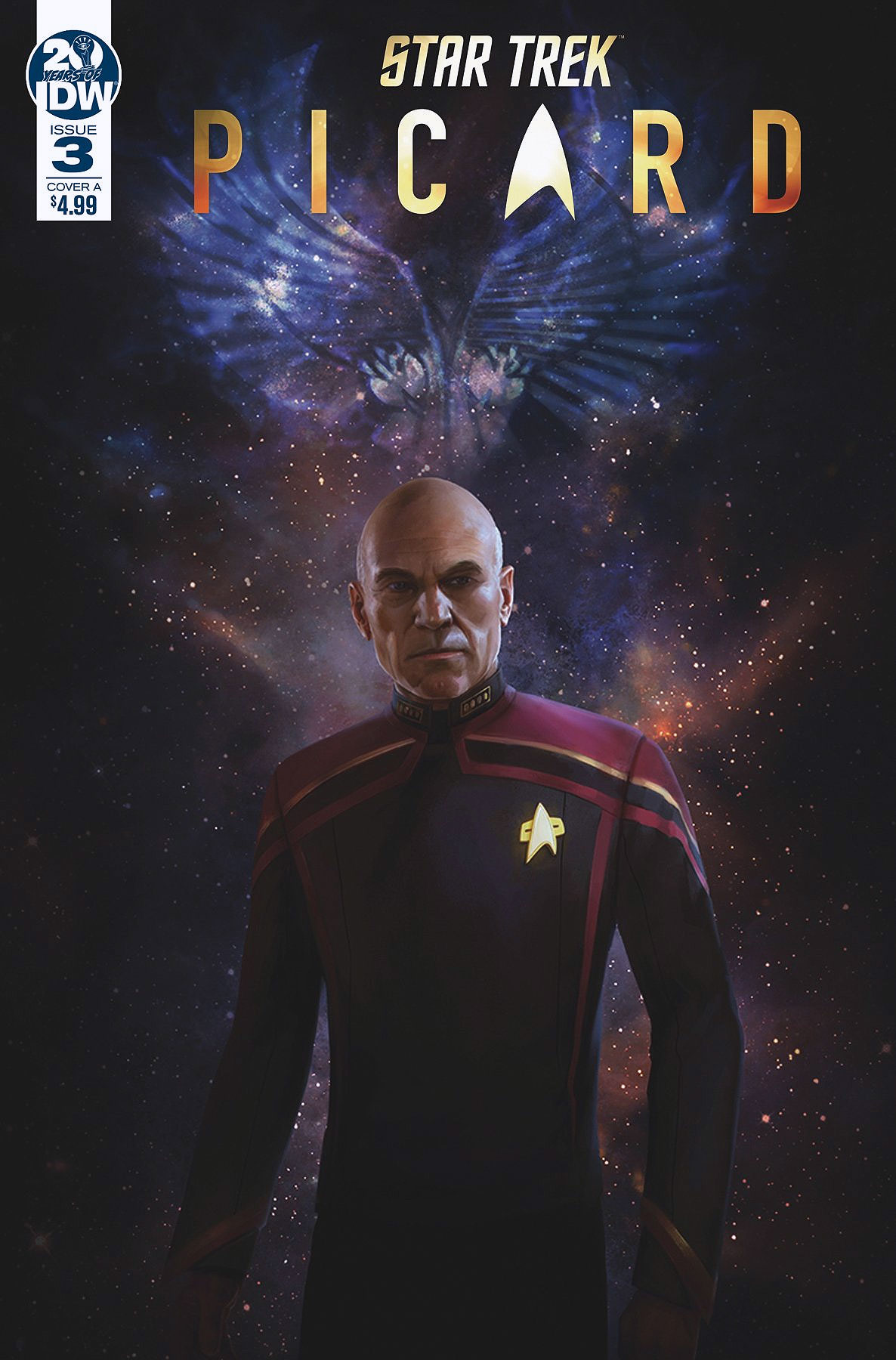
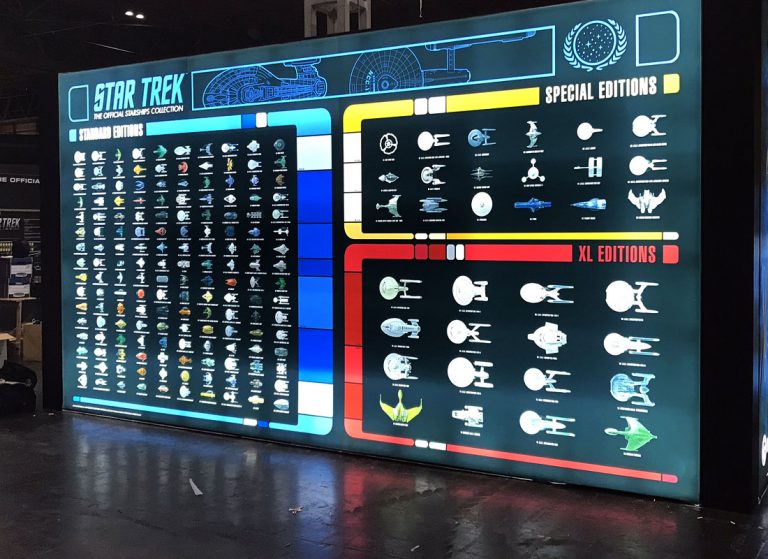
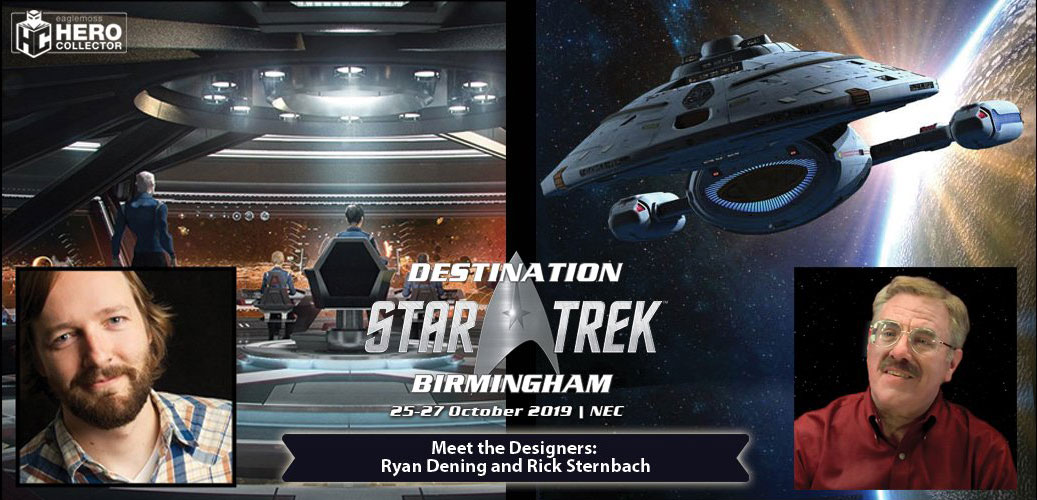
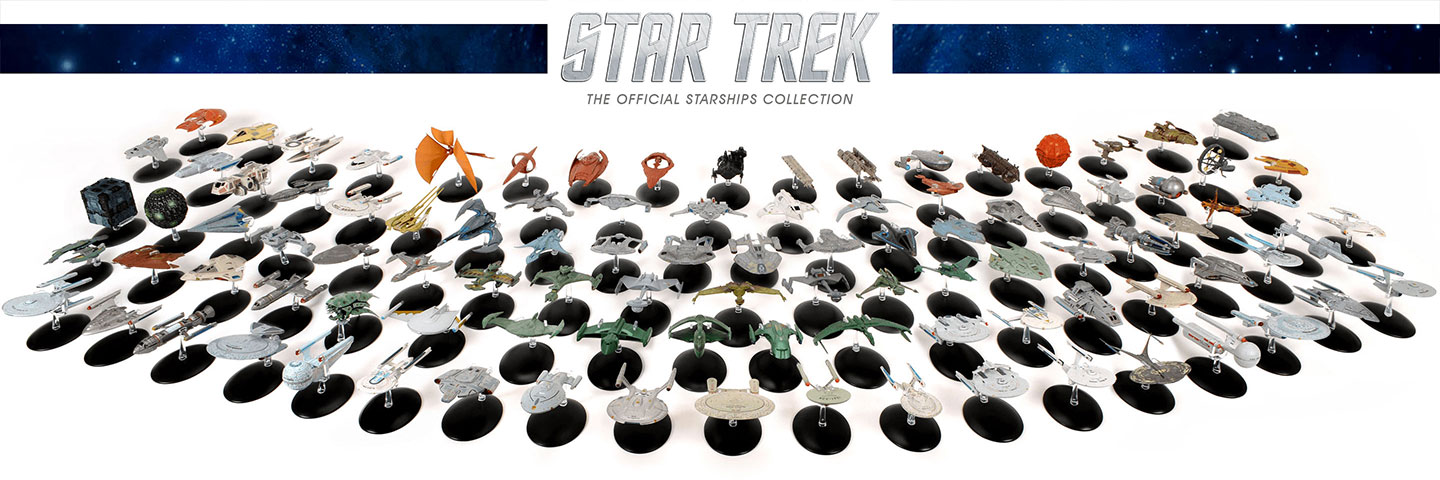
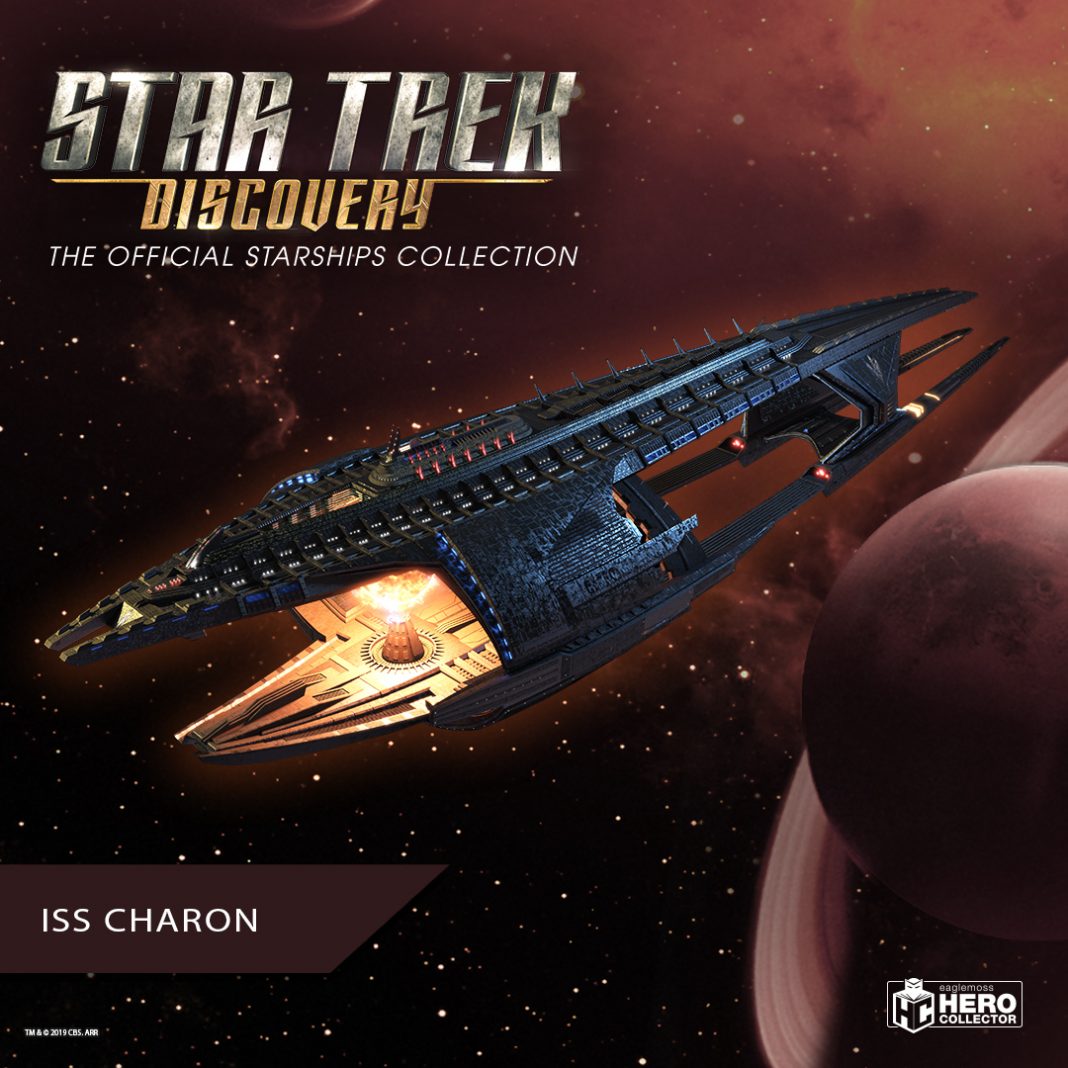
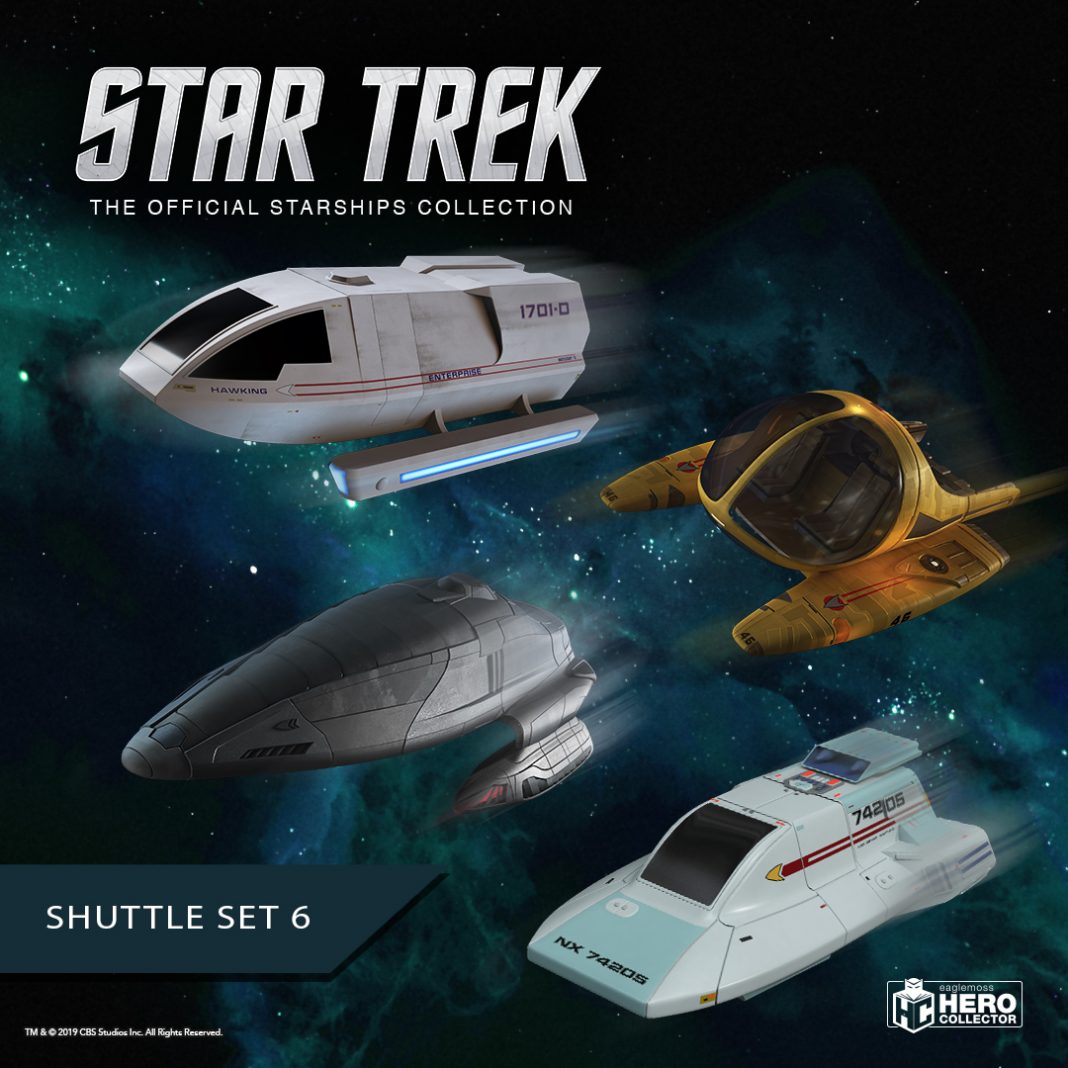
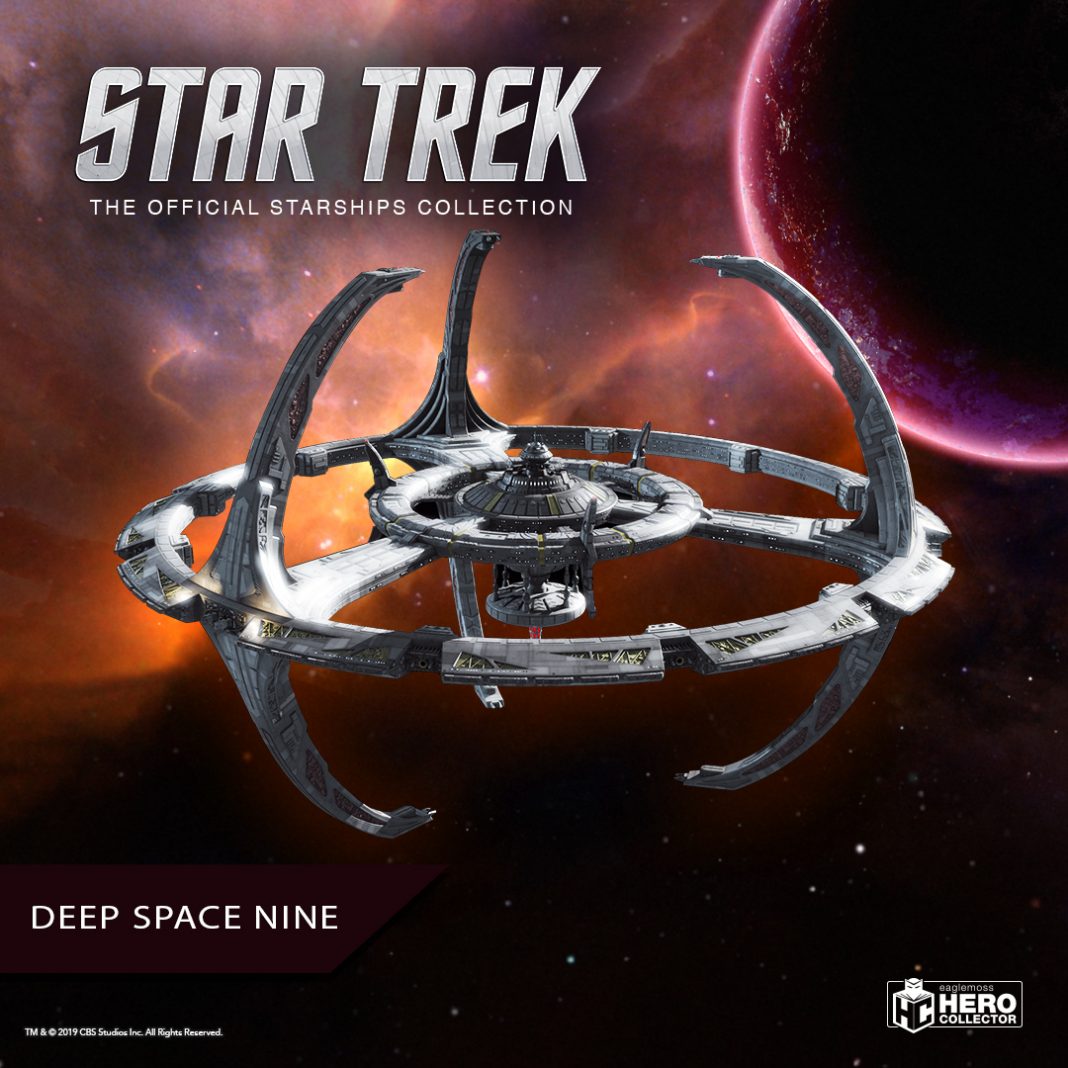
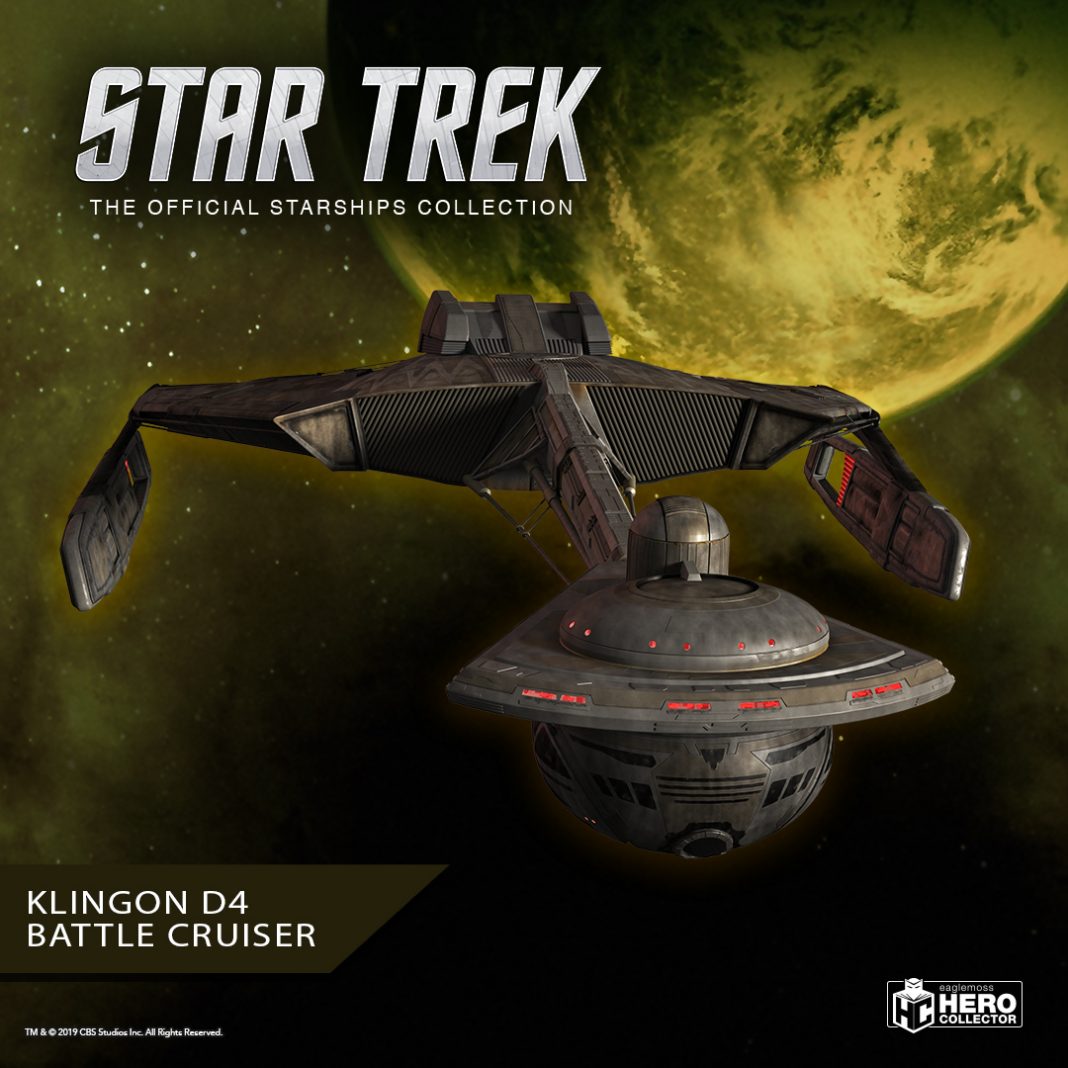
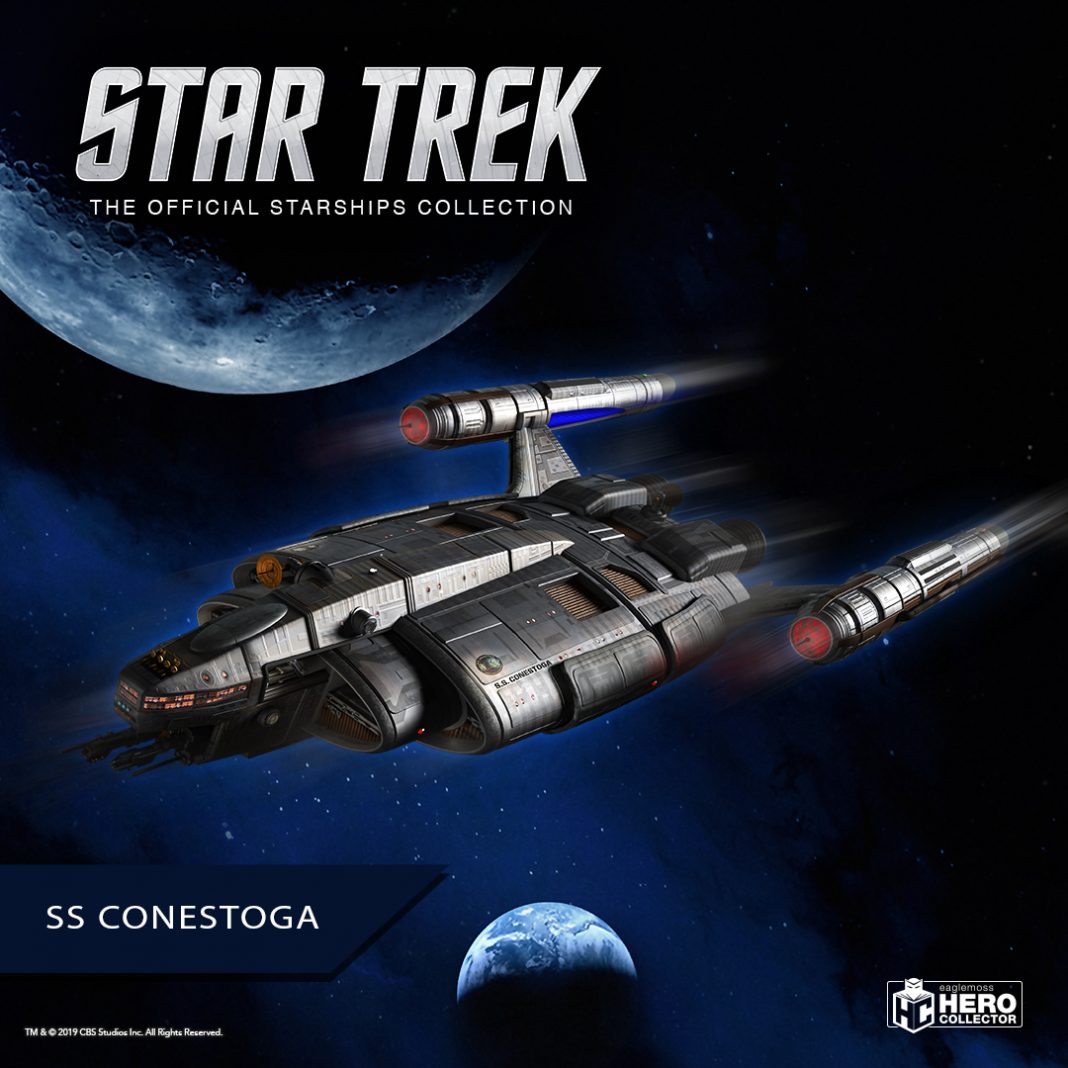
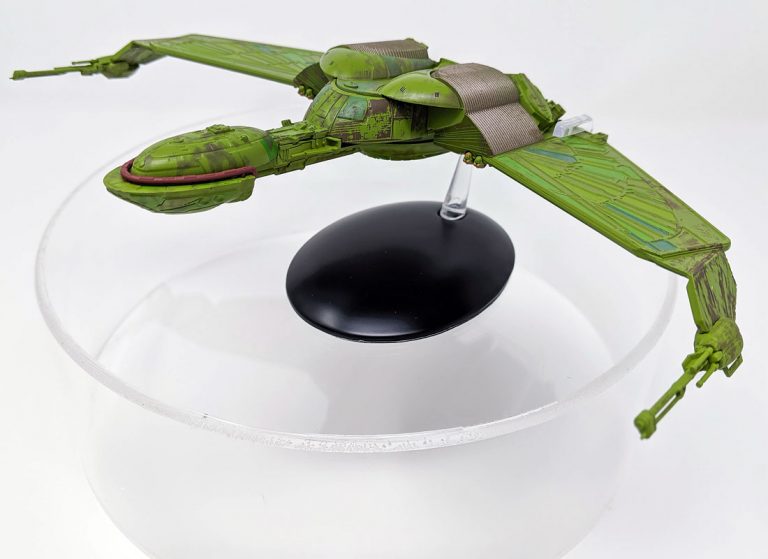
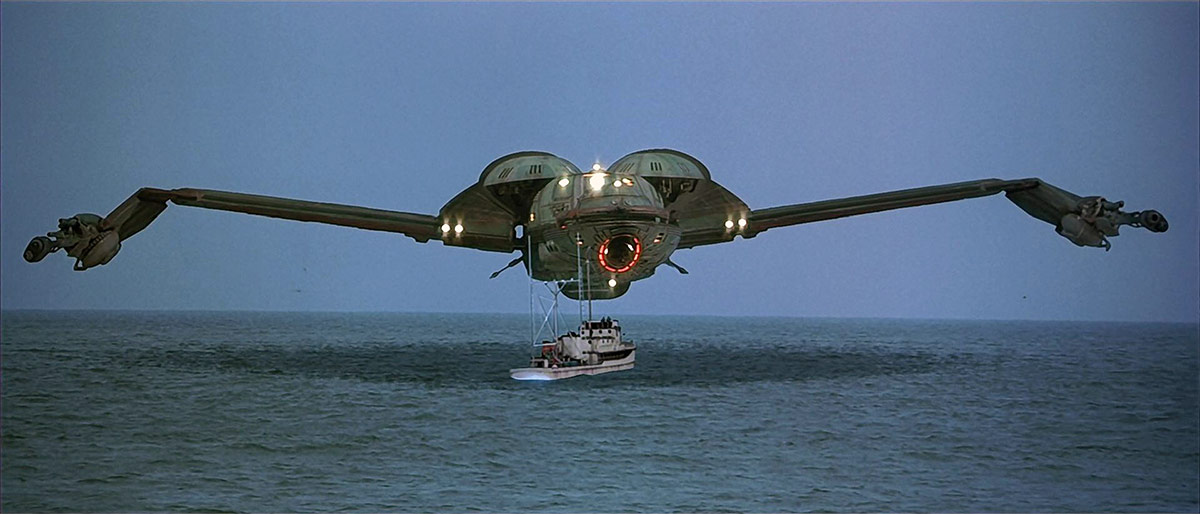

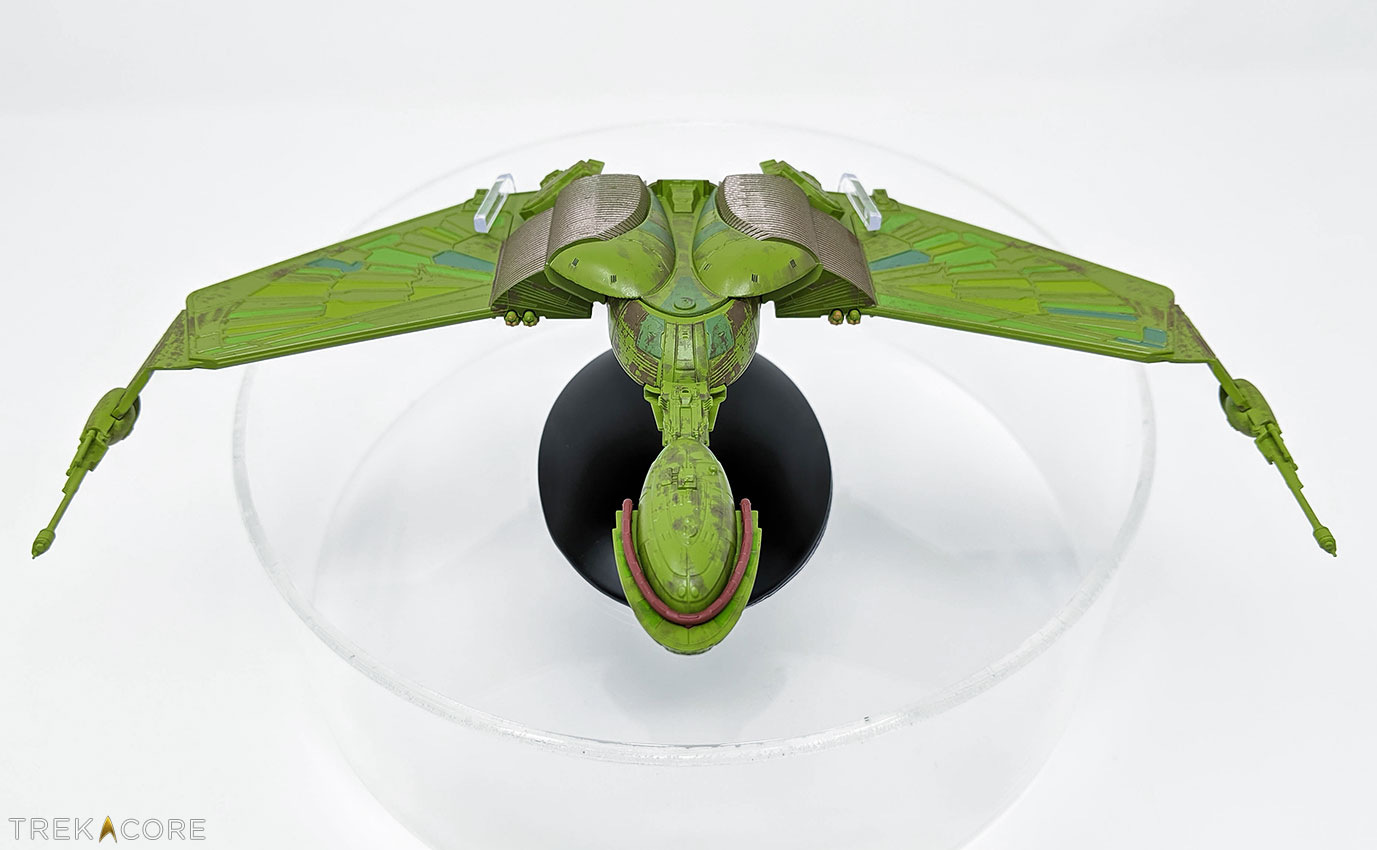
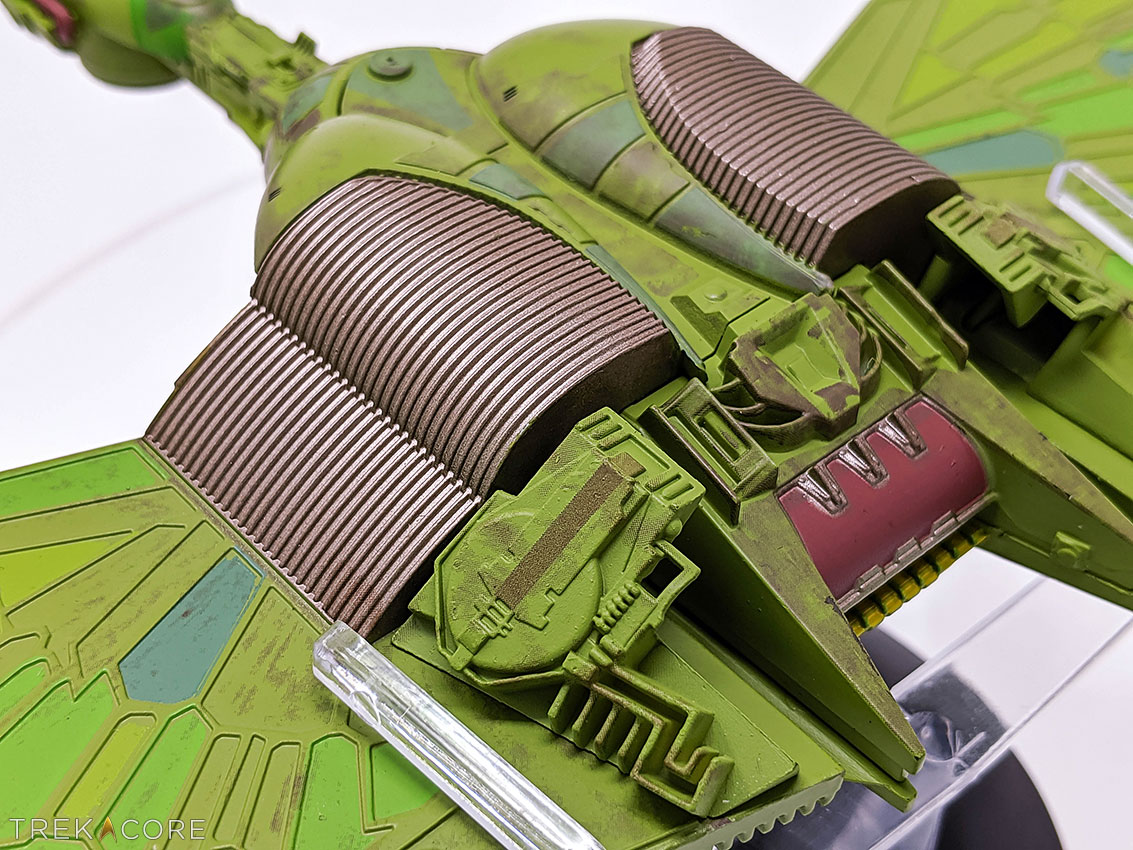
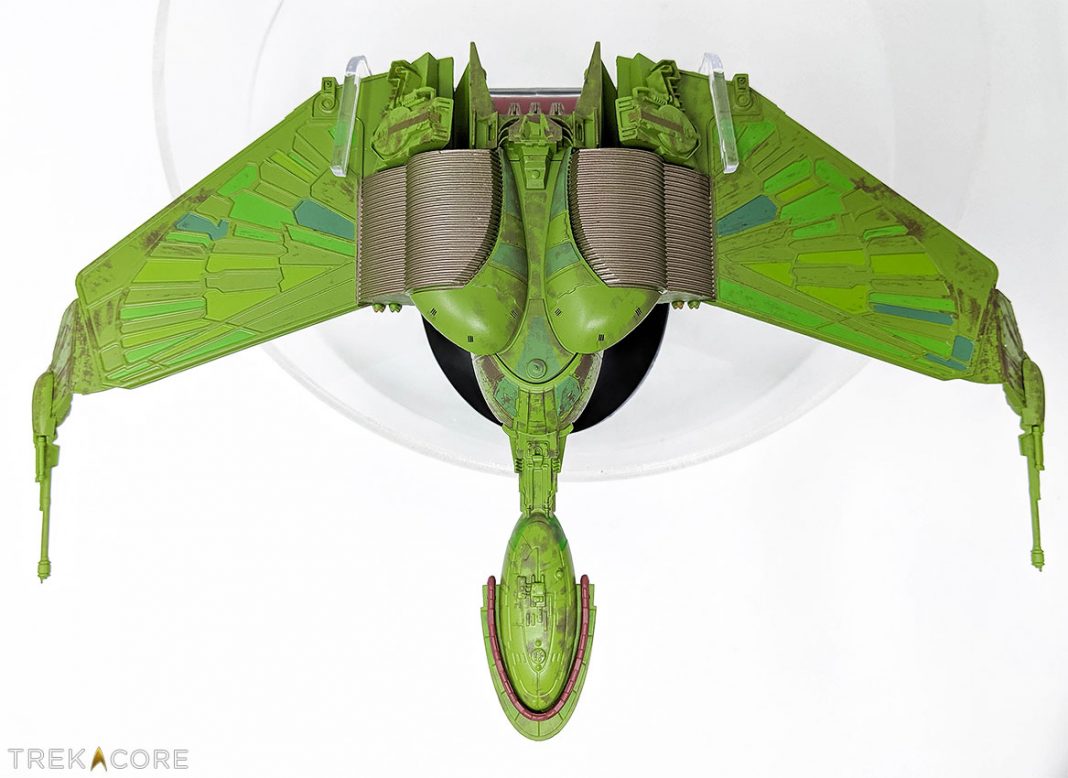
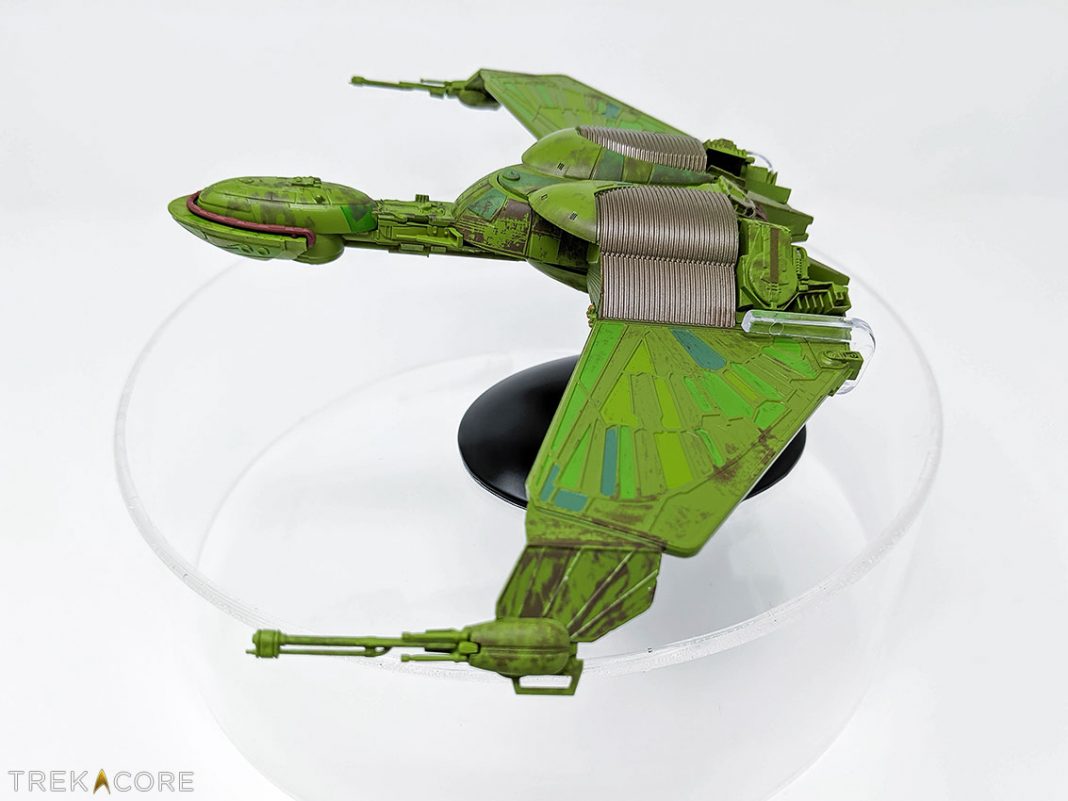
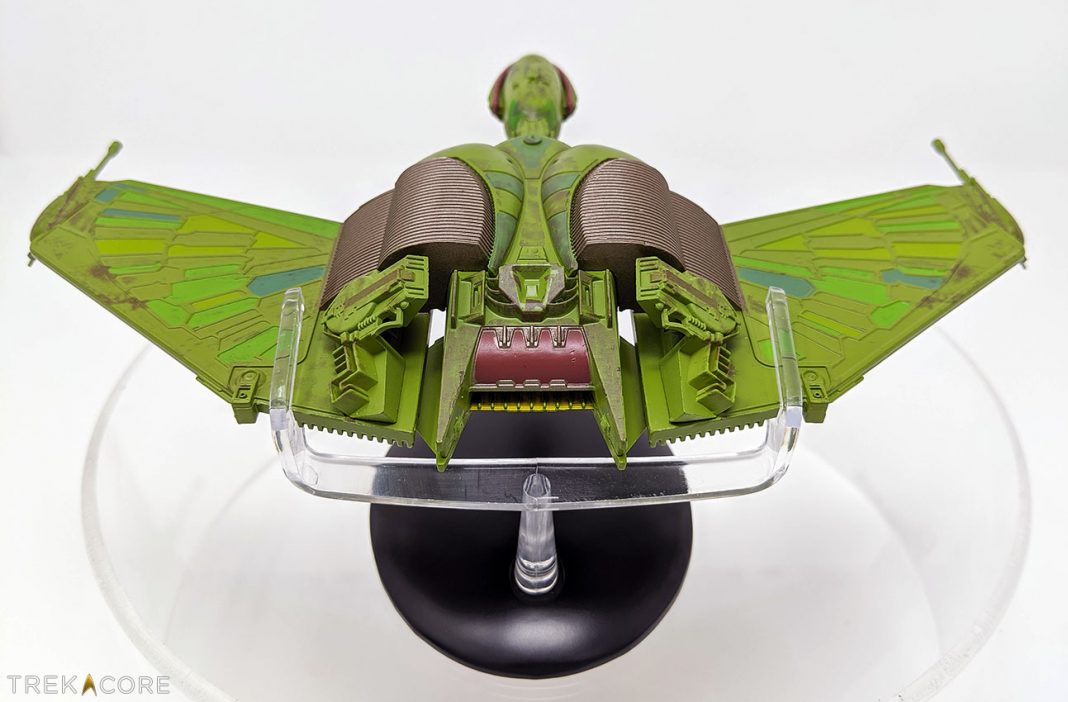
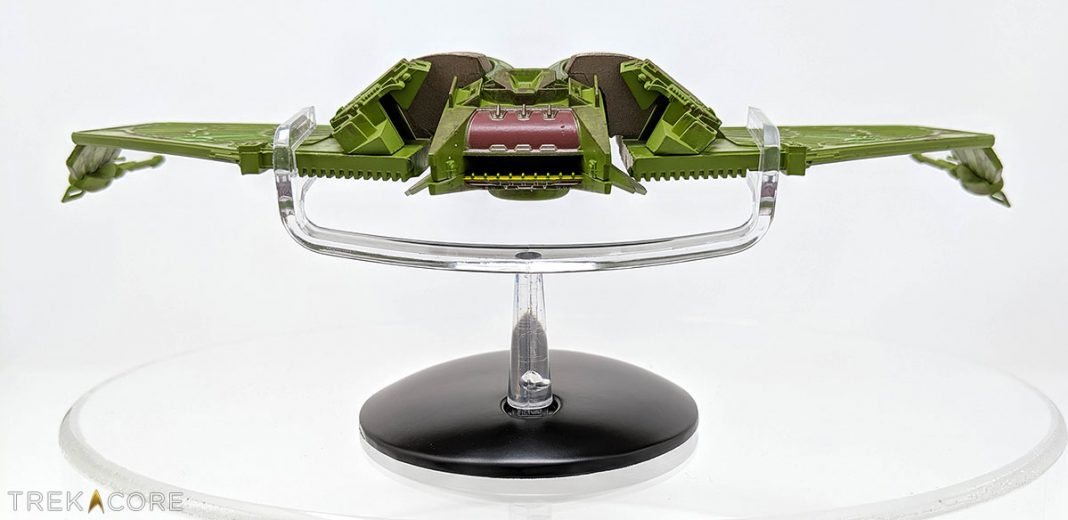
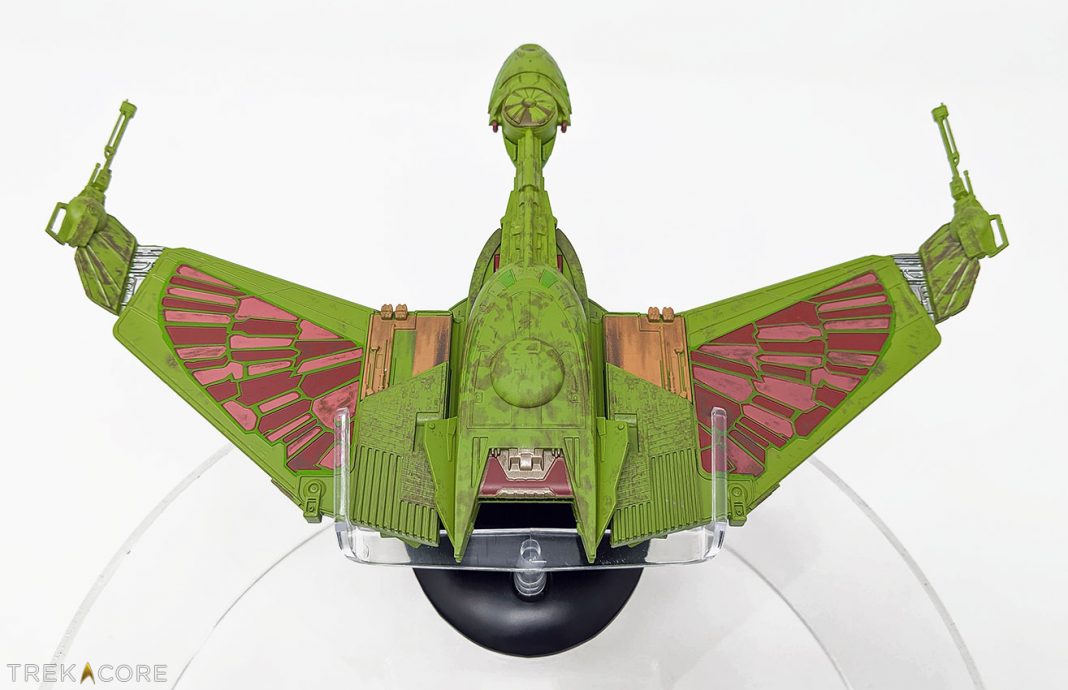
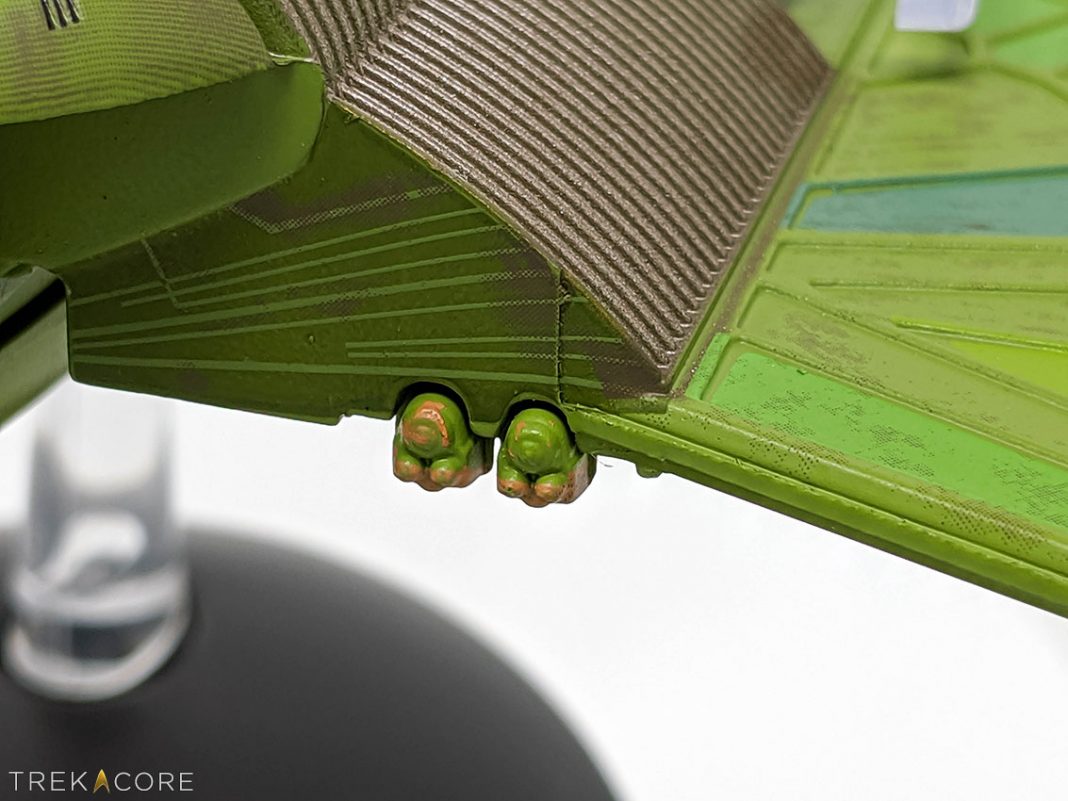
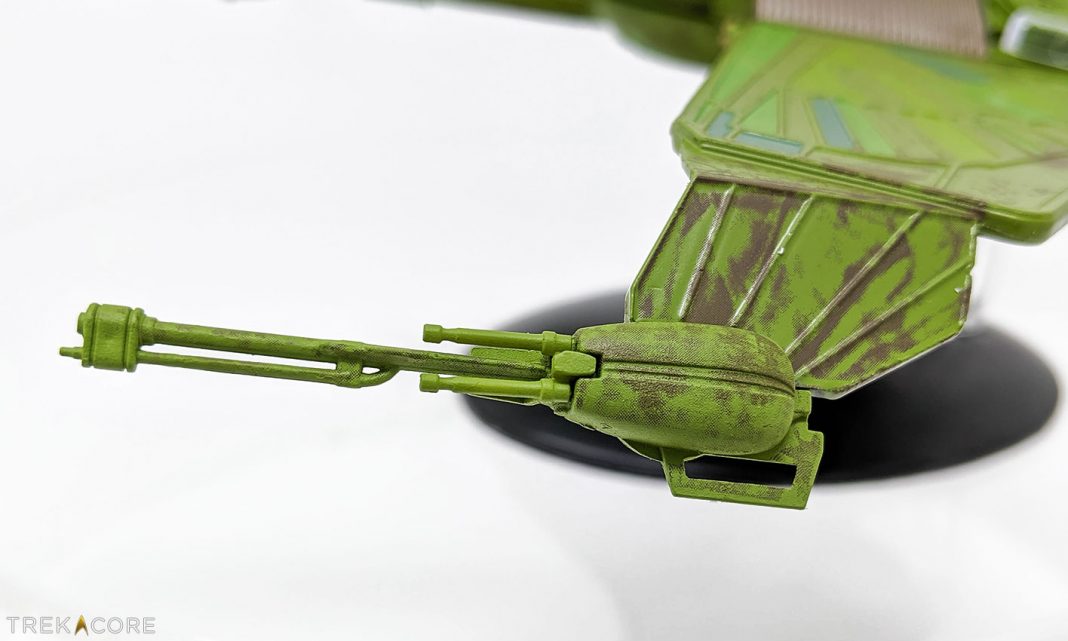
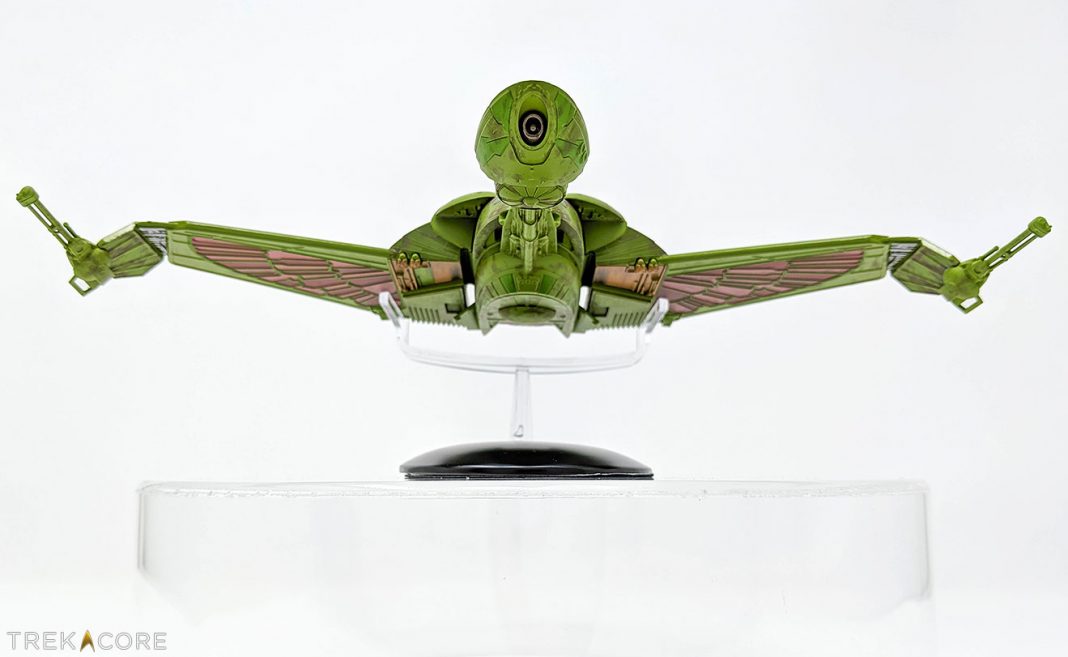
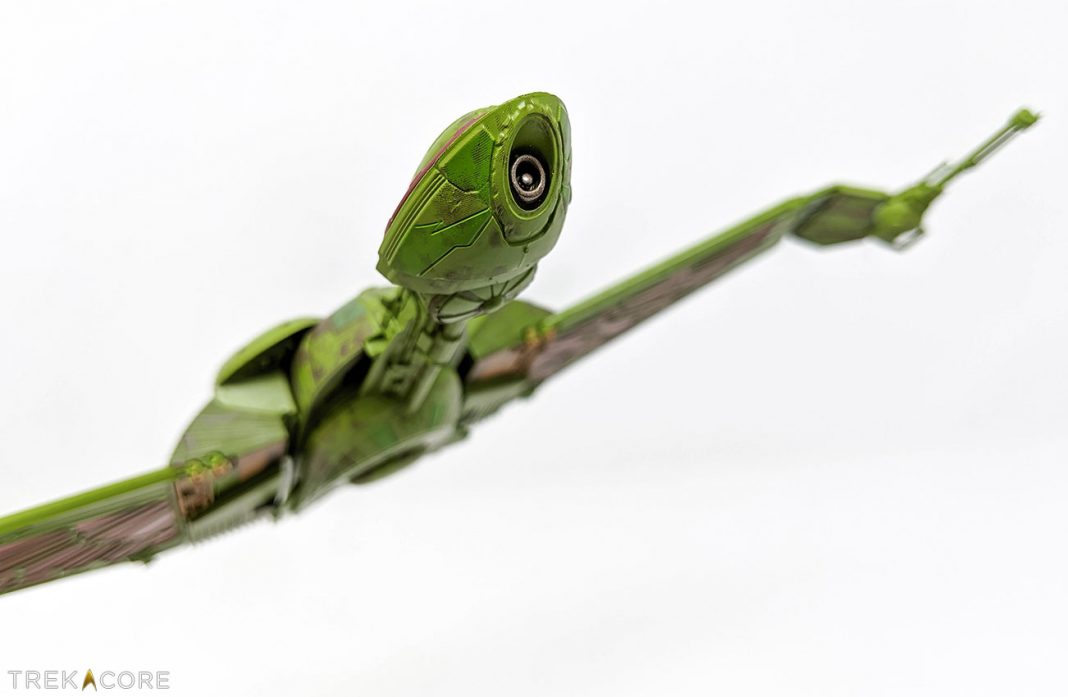
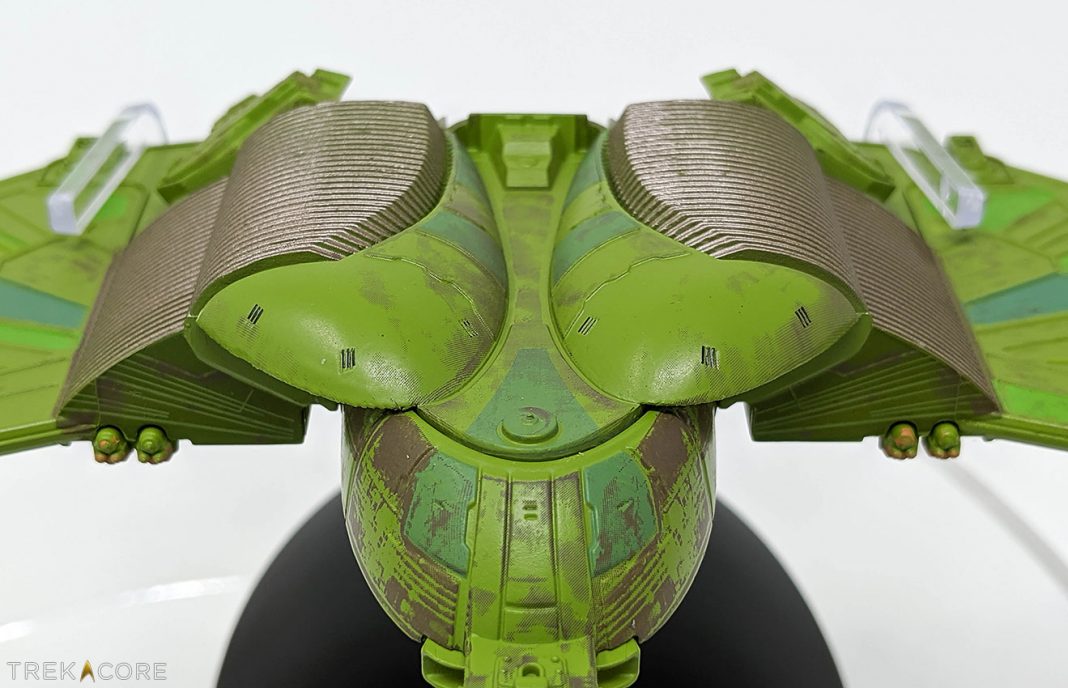
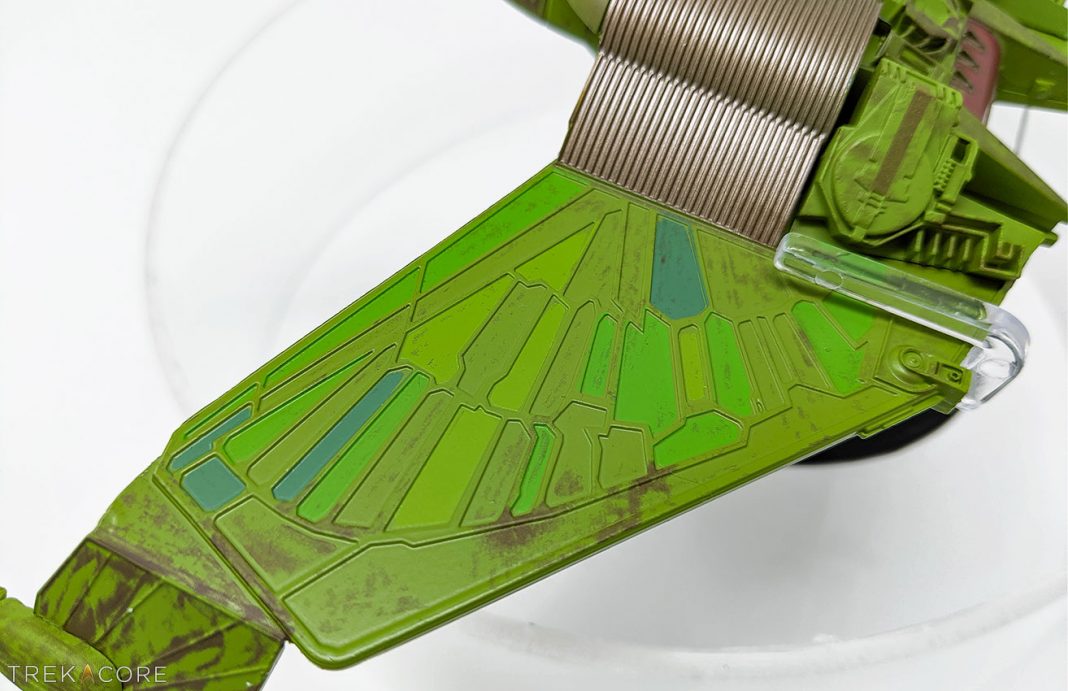
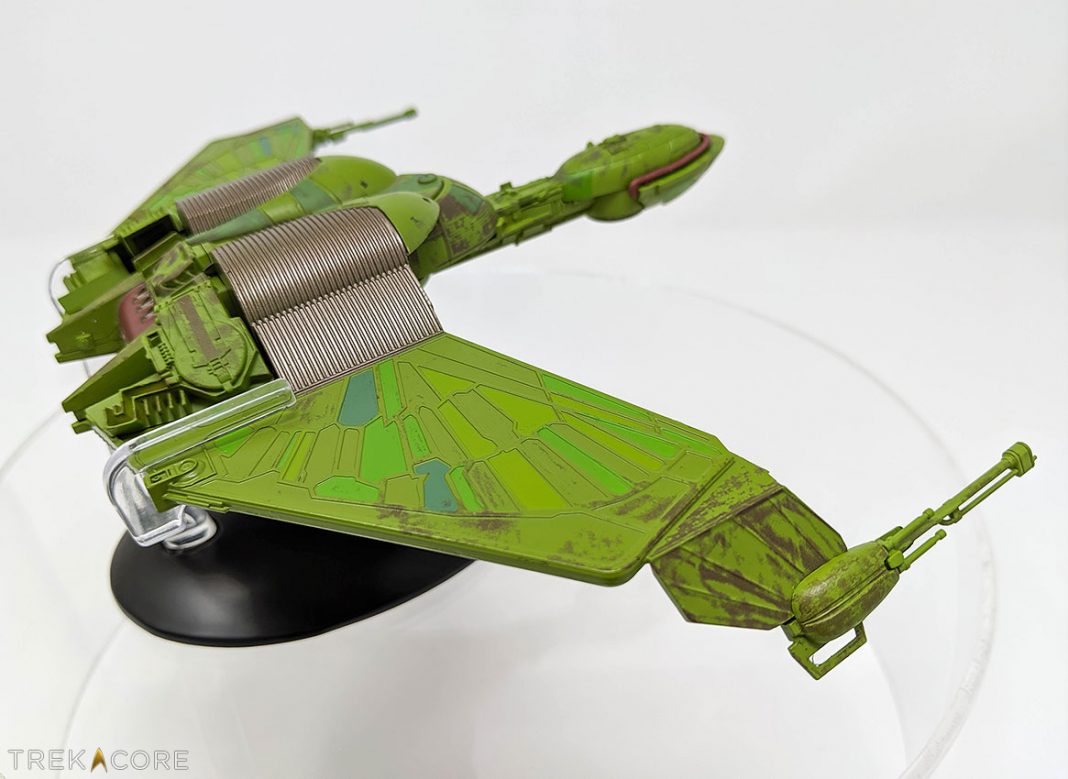
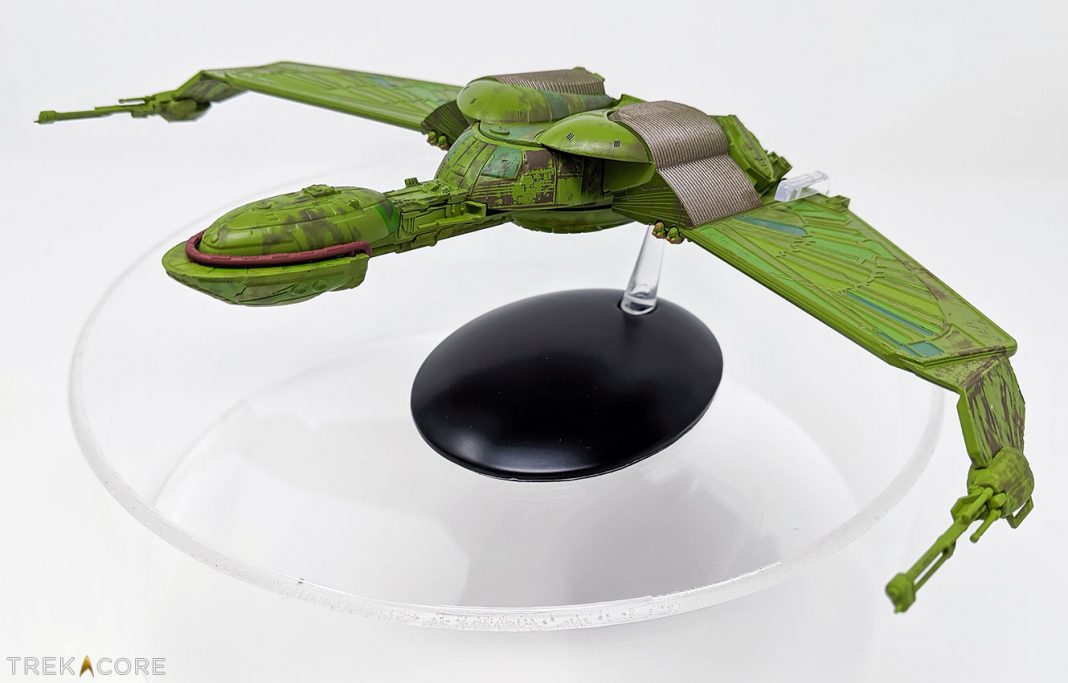
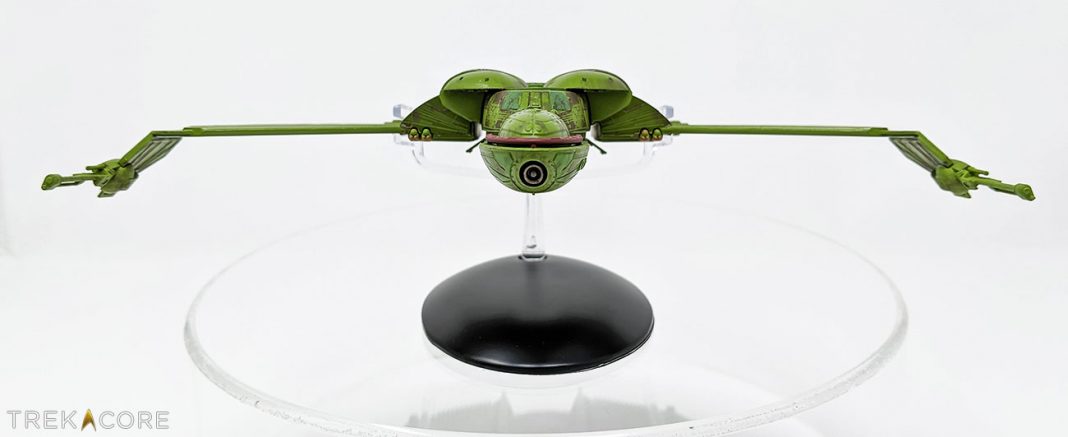
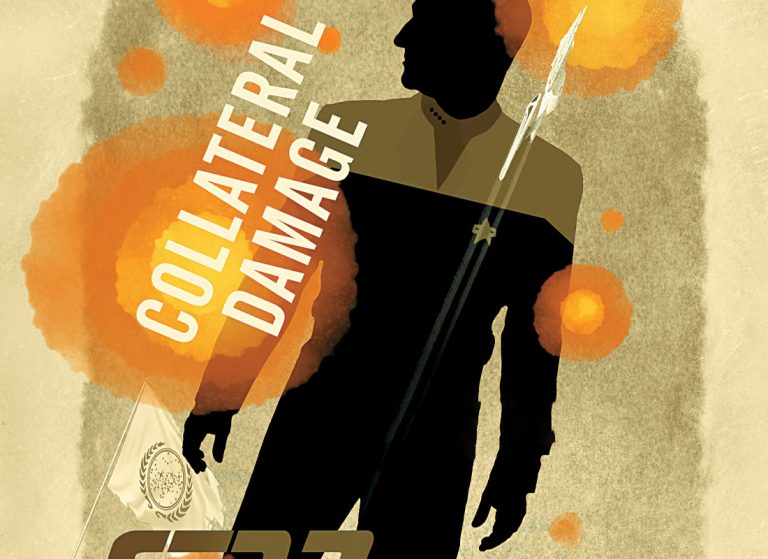
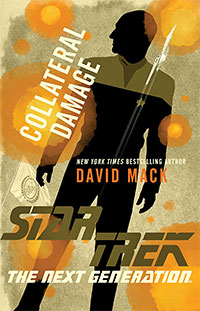
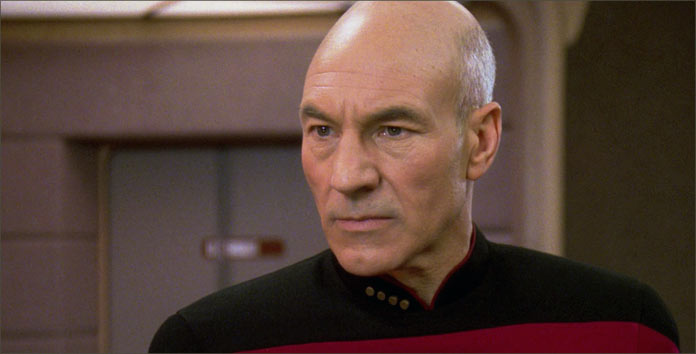
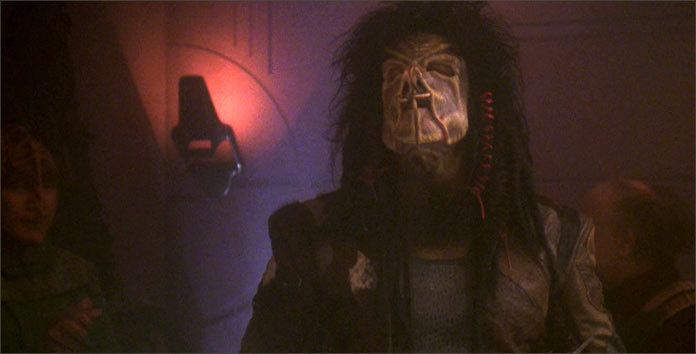
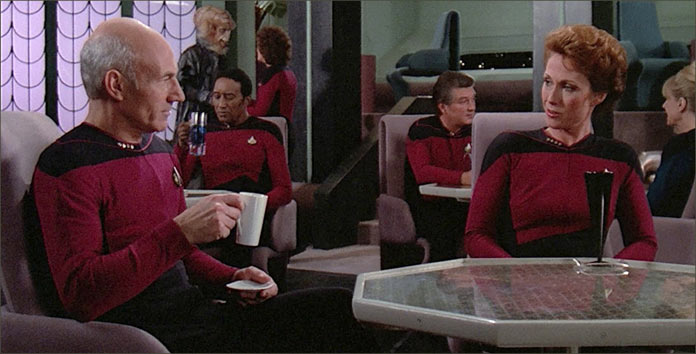
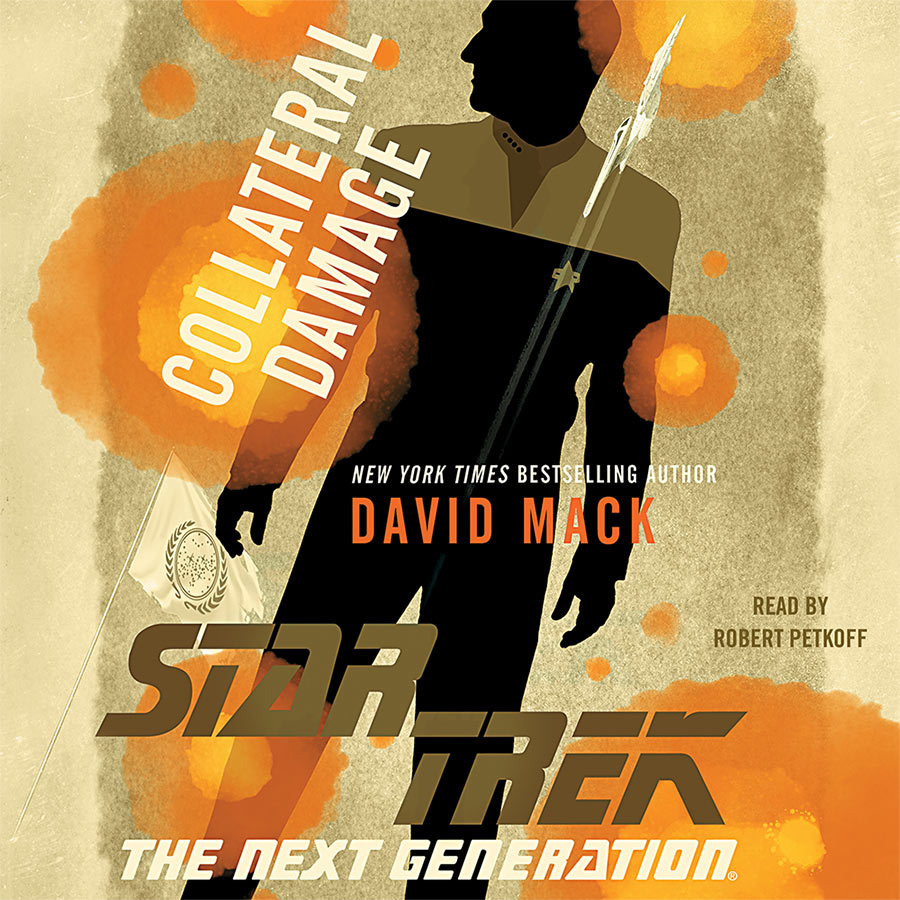
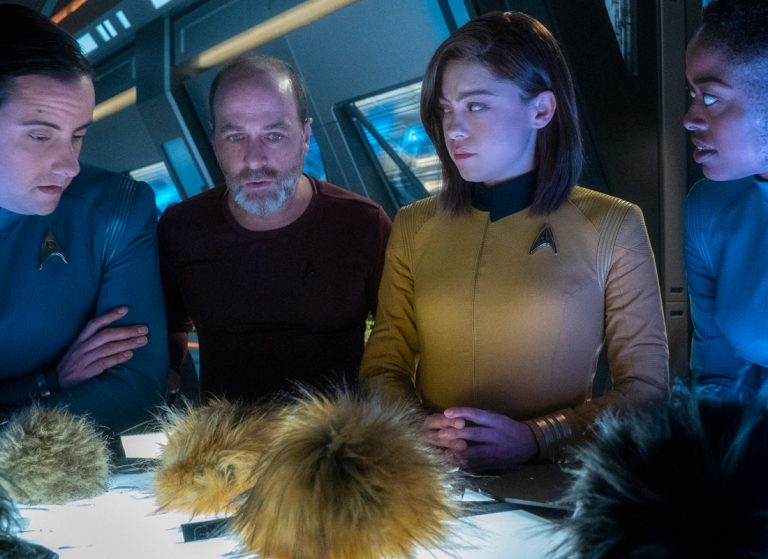
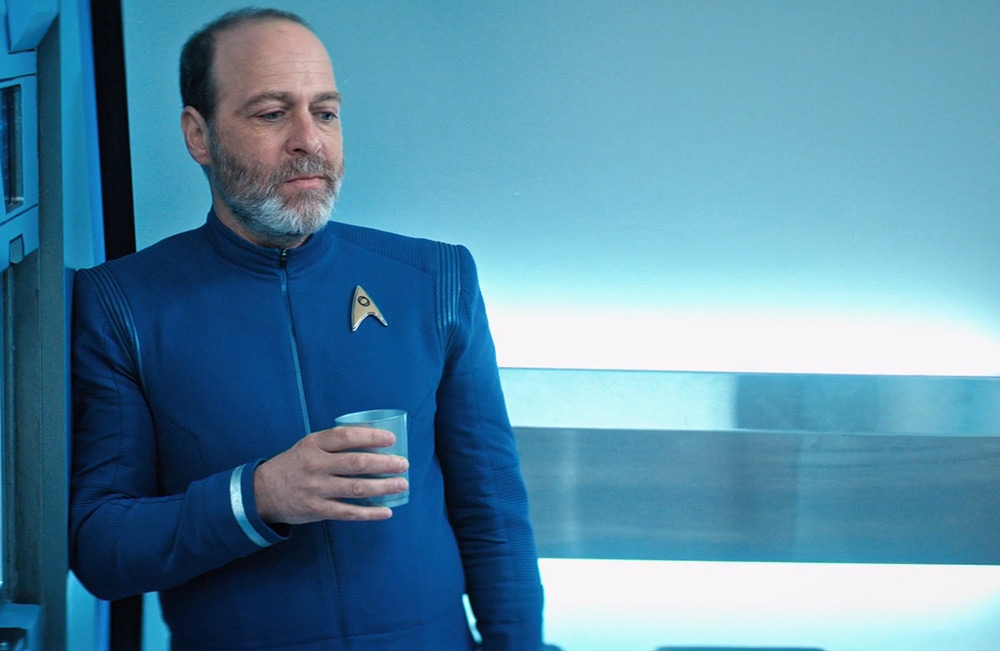
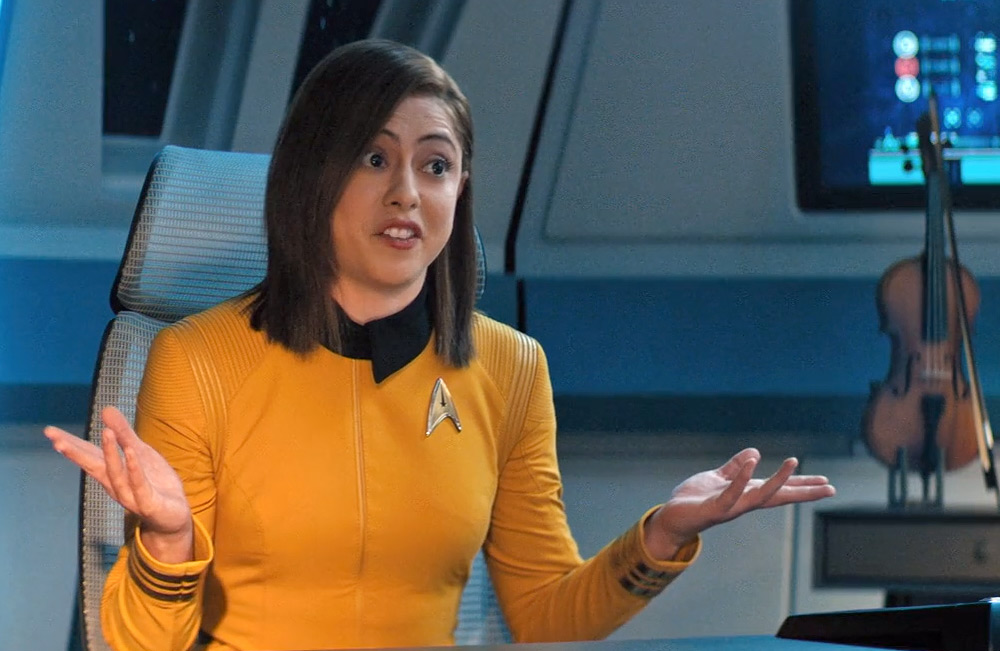
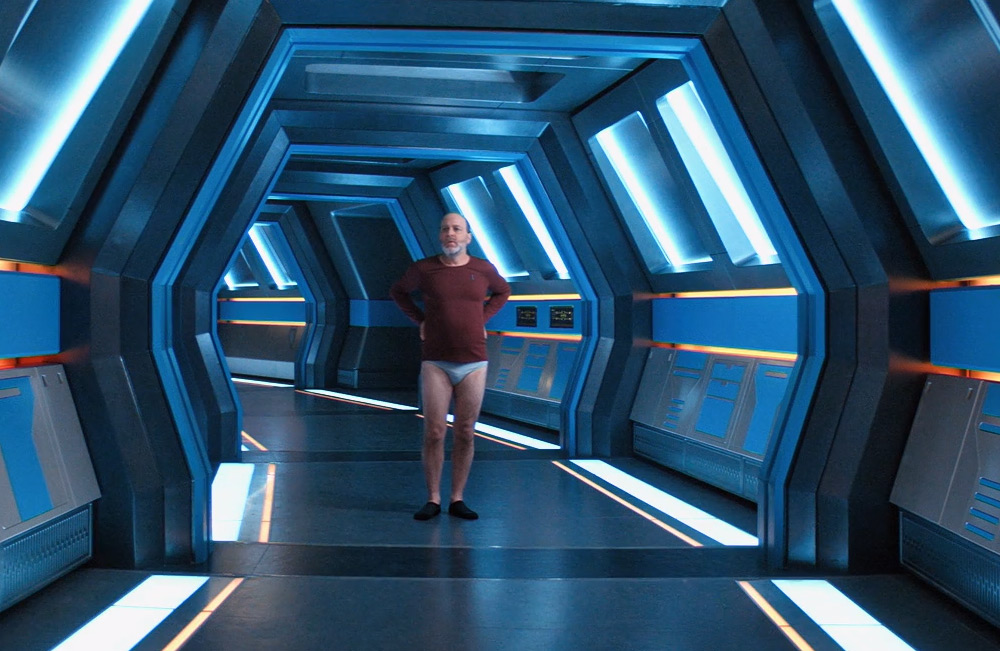
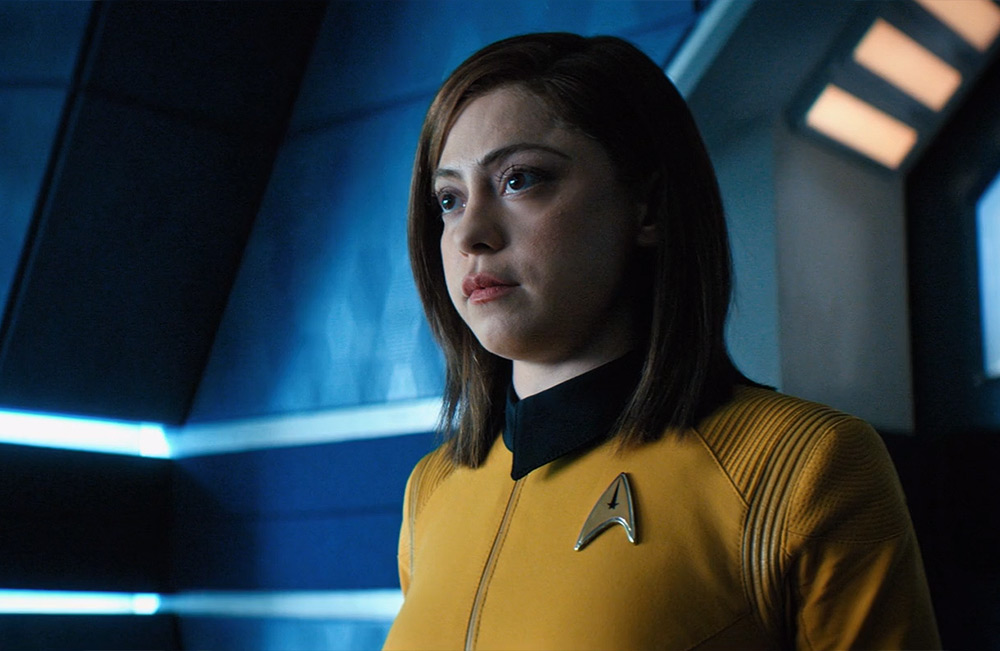
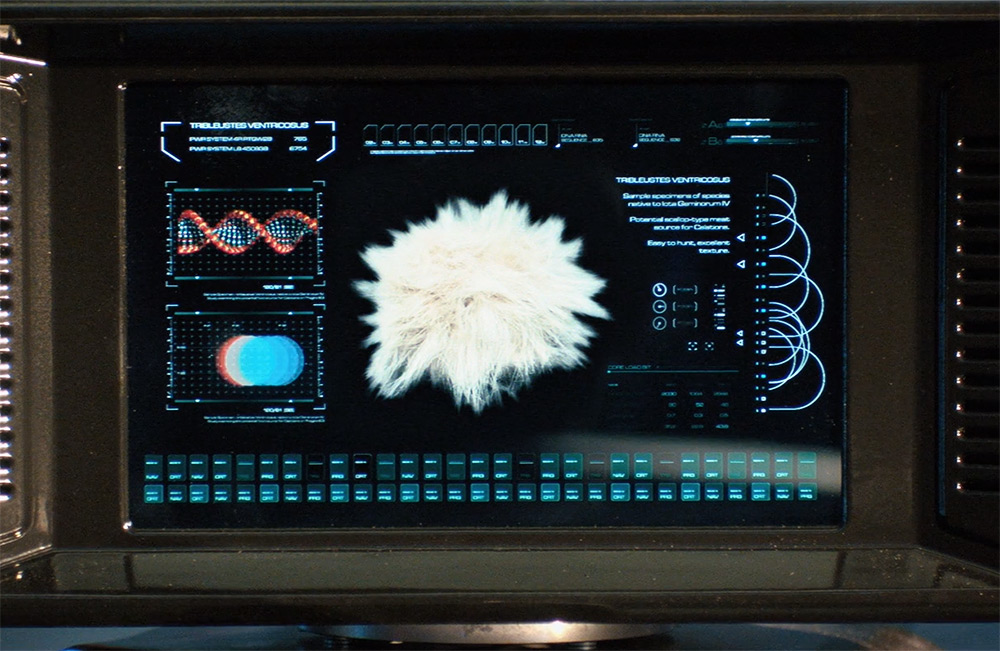
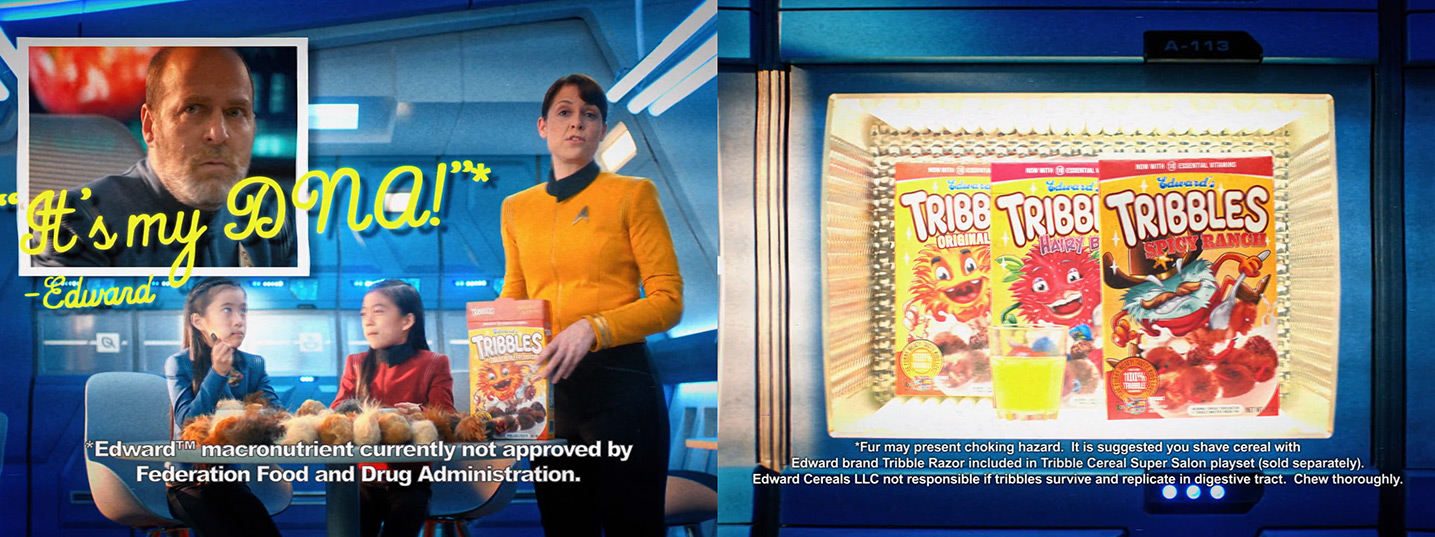
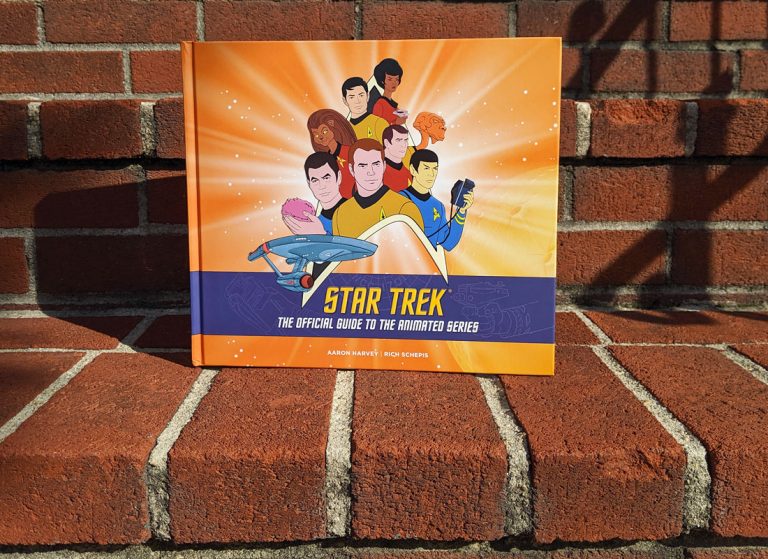
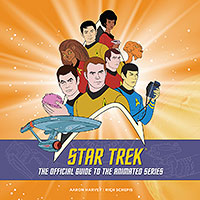
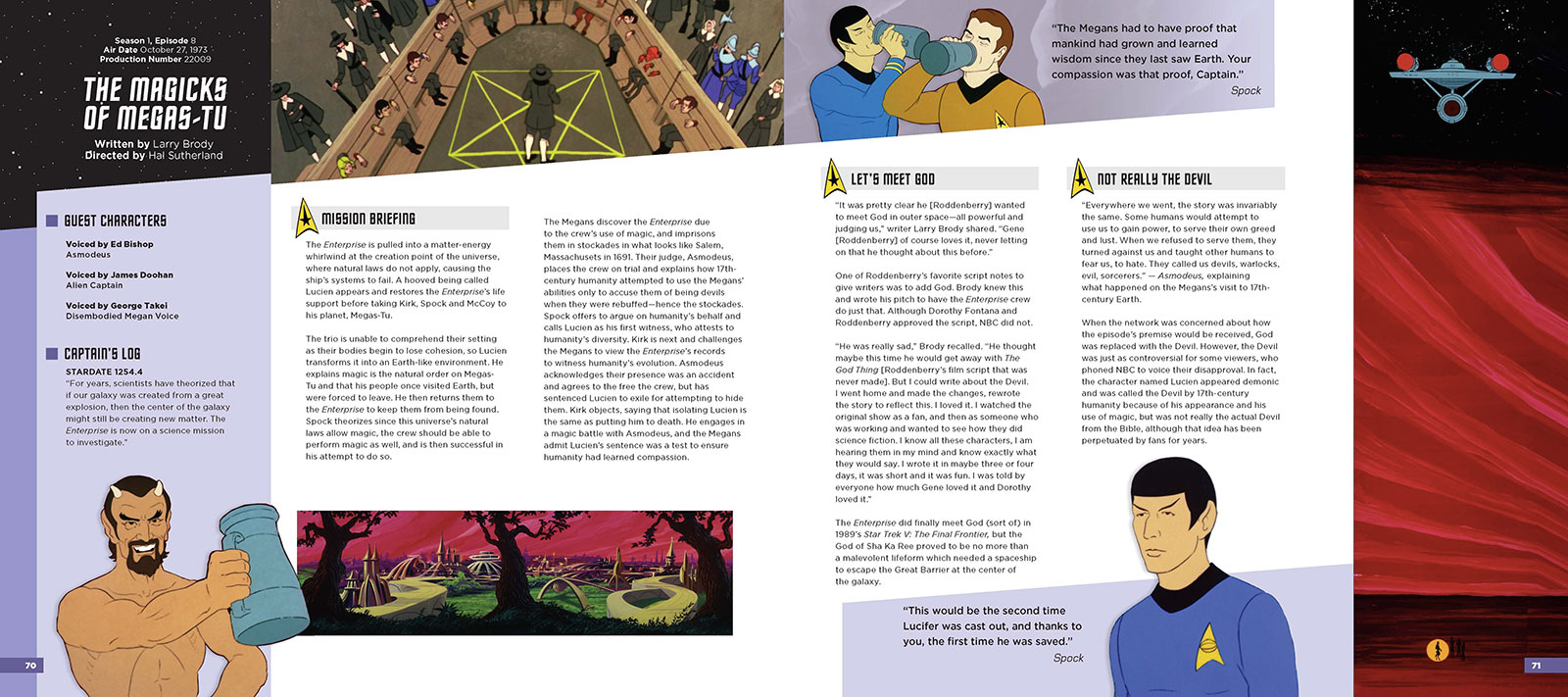
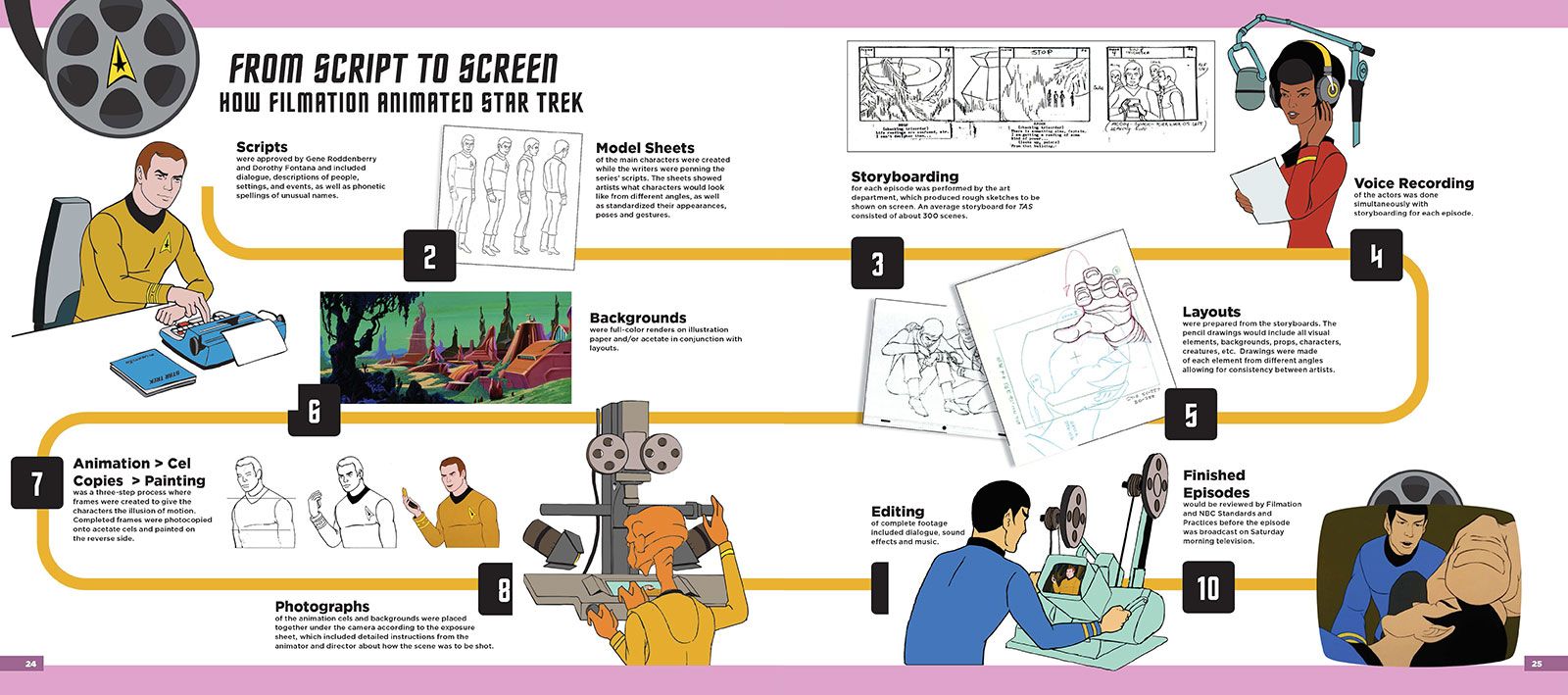
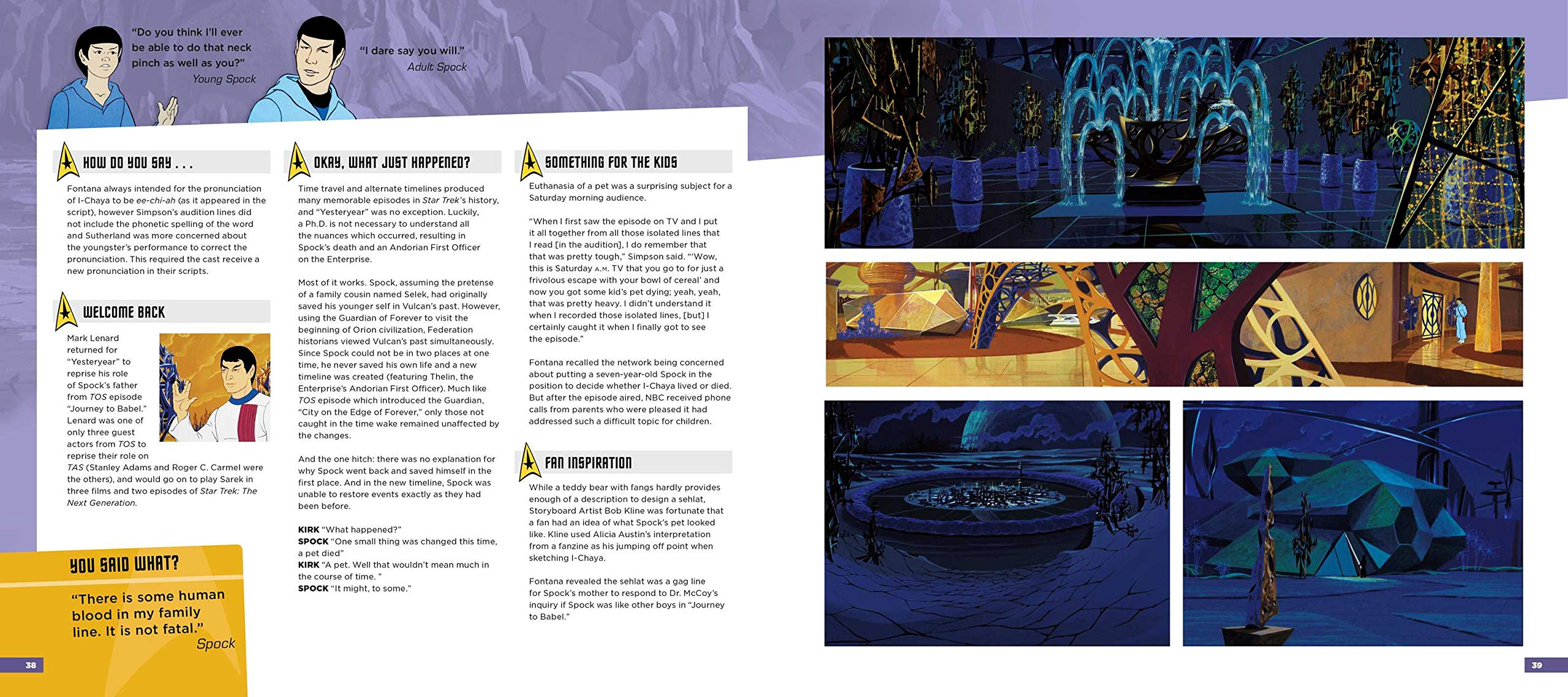
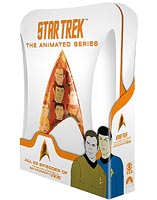 'The Animated Series'
'The Animated Series'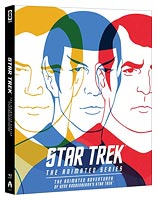 'The Animated Series'
'The Animated Series'
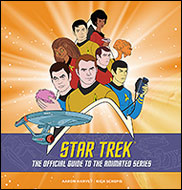 'The Official Guide to
'The Official Guide to